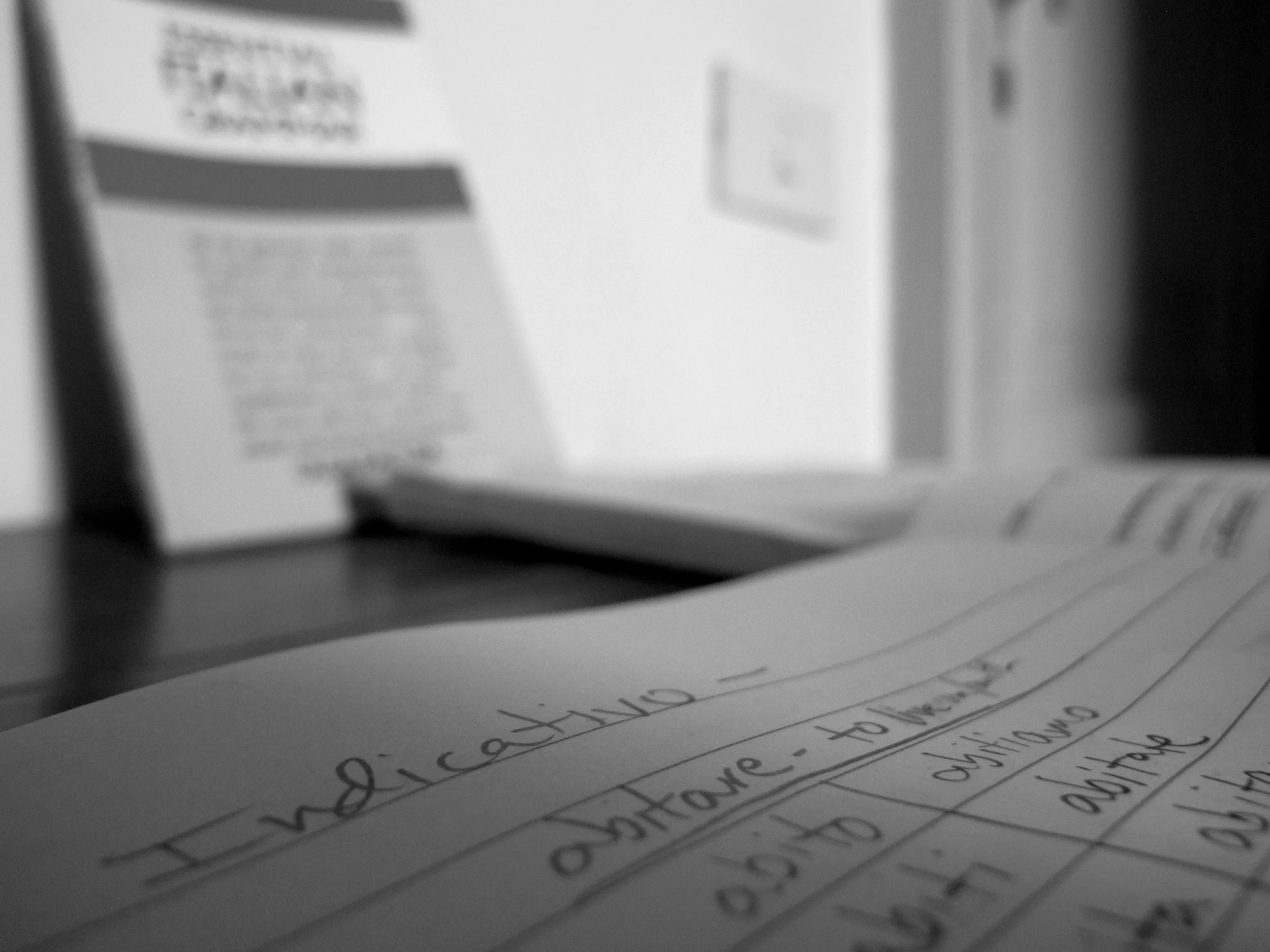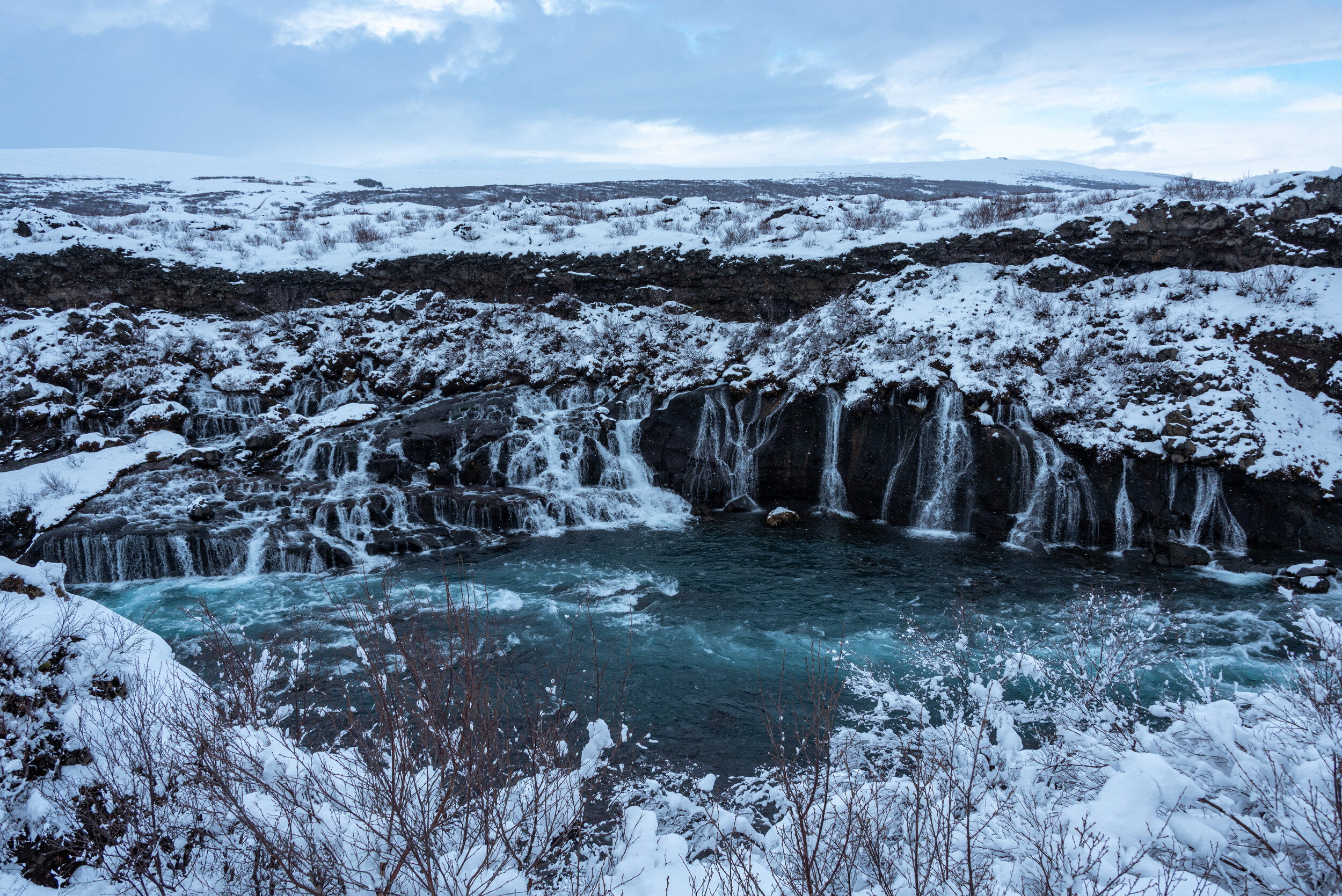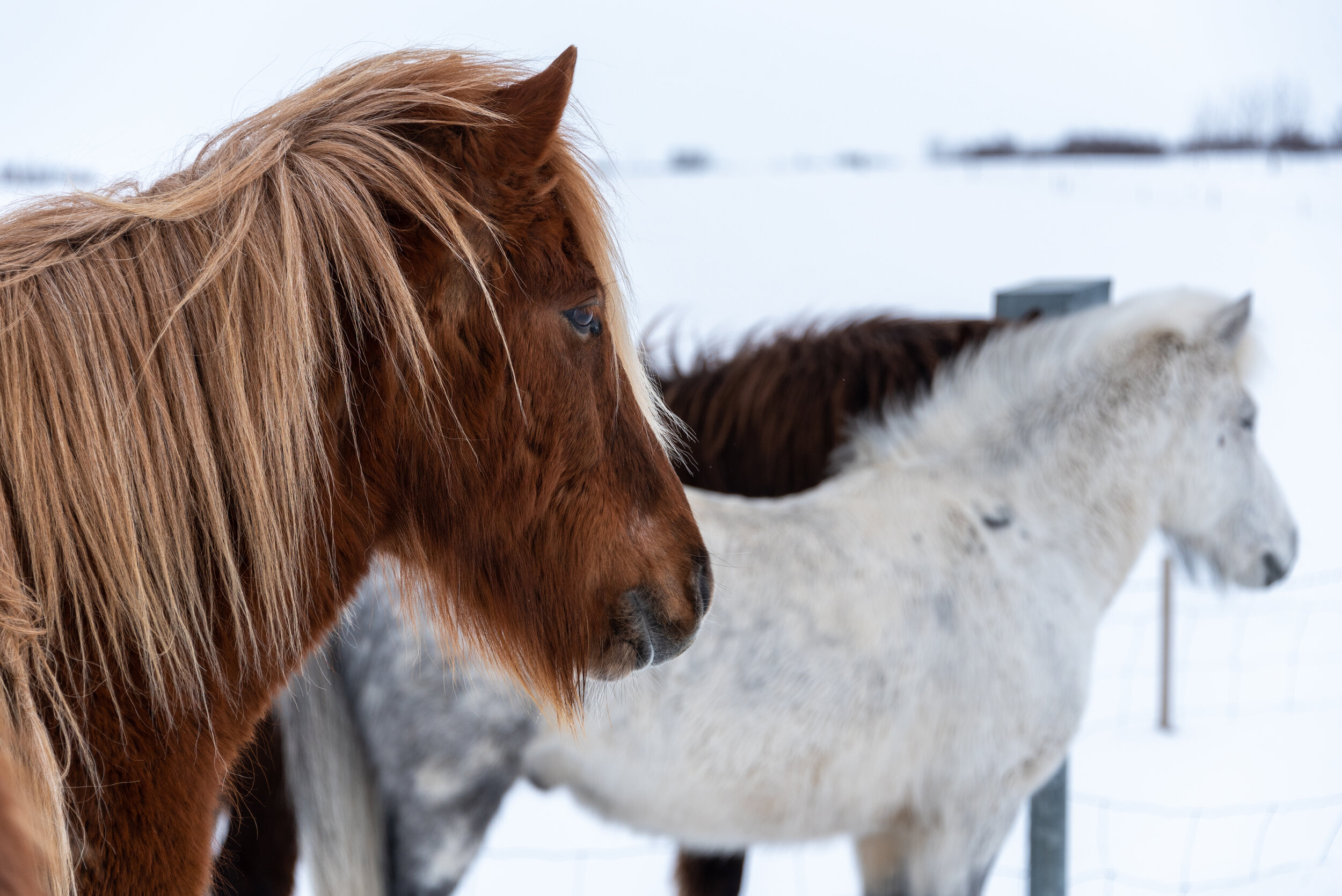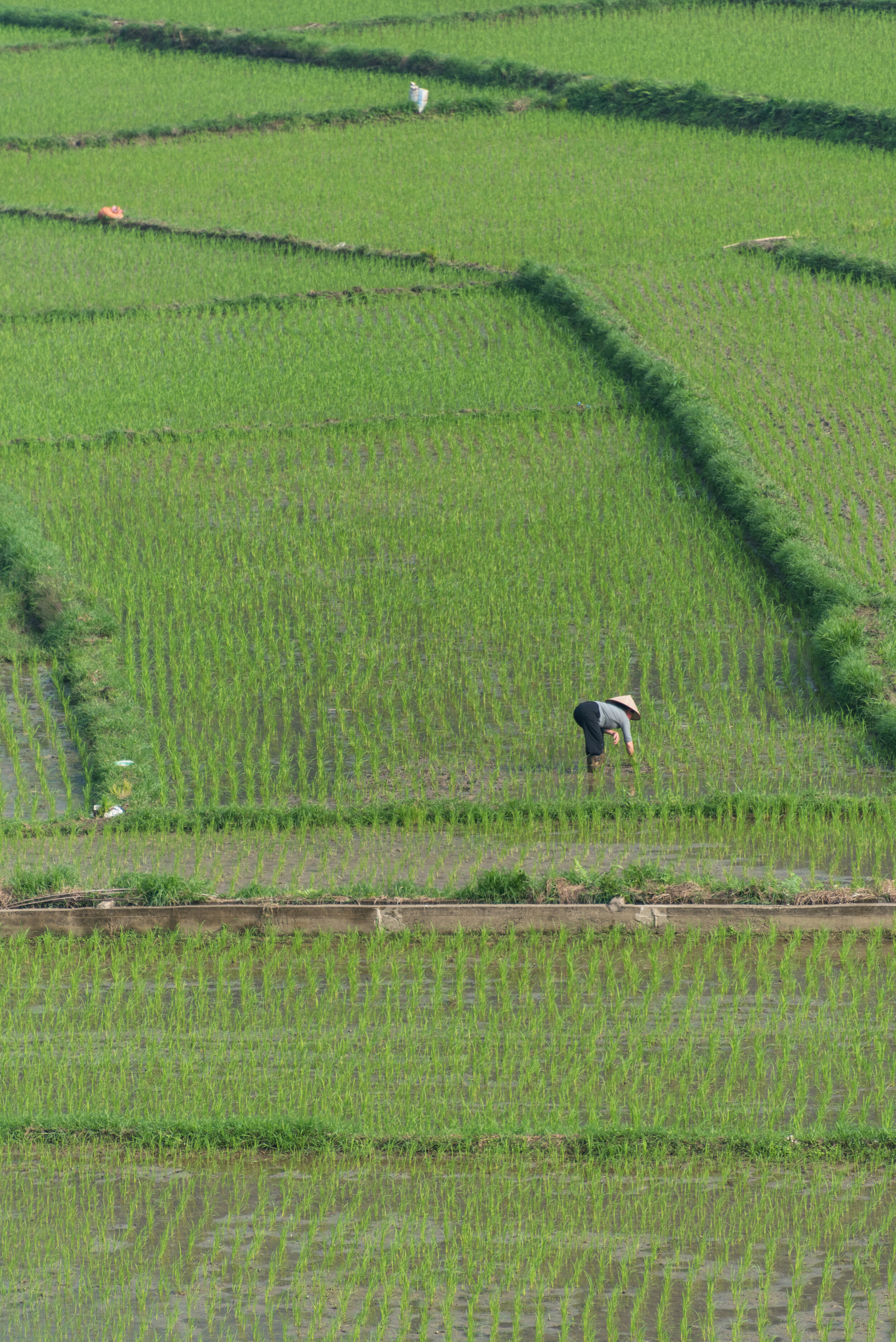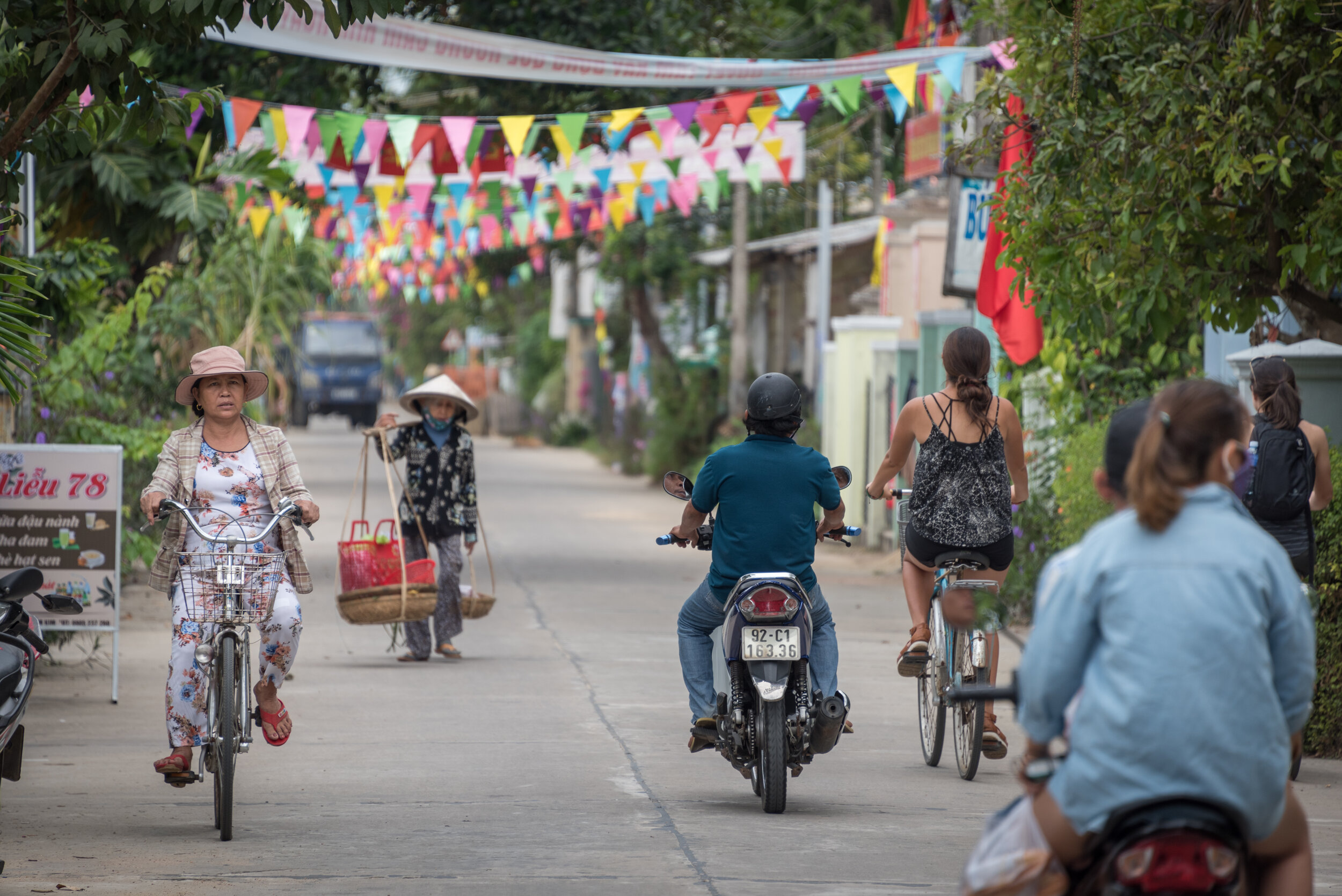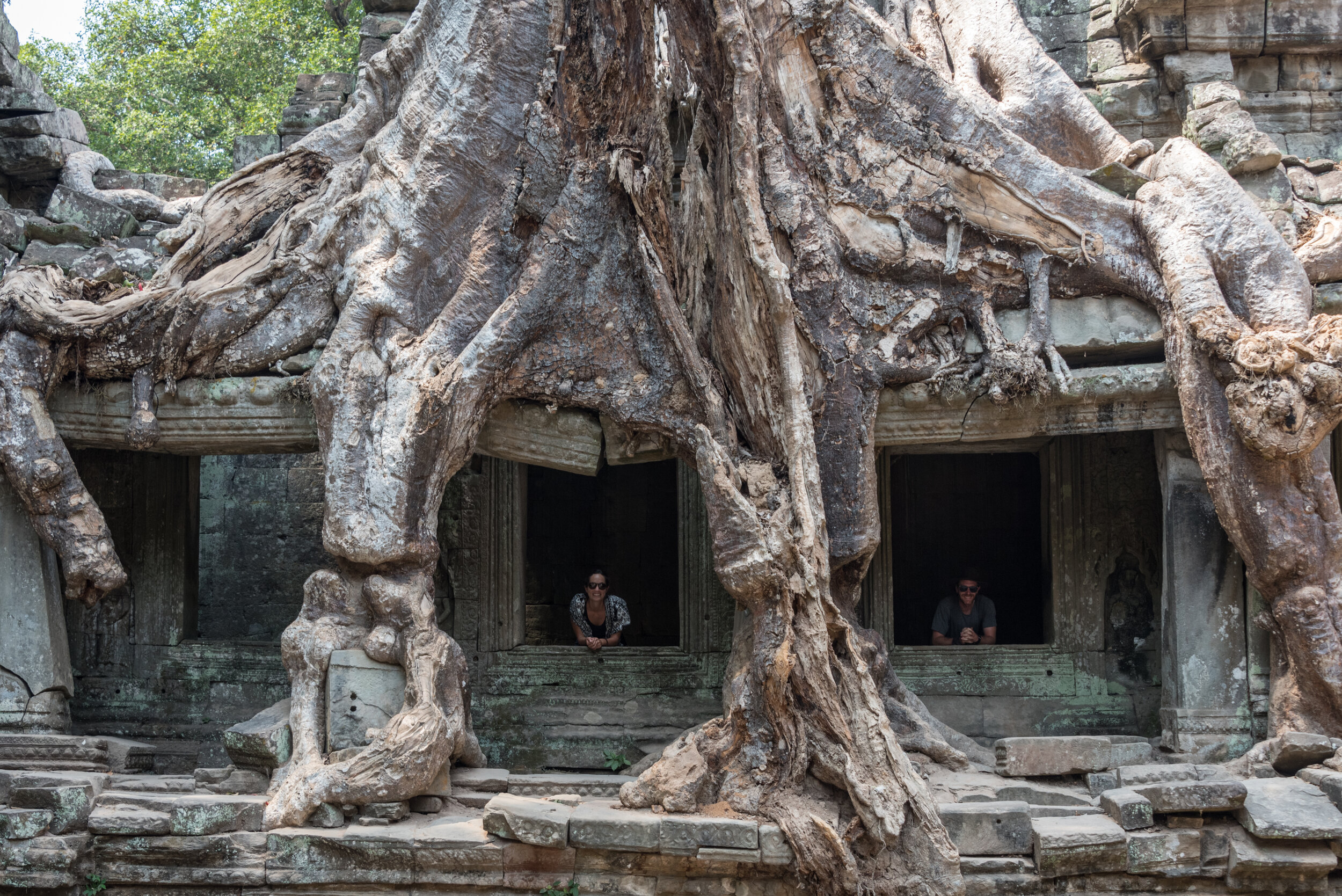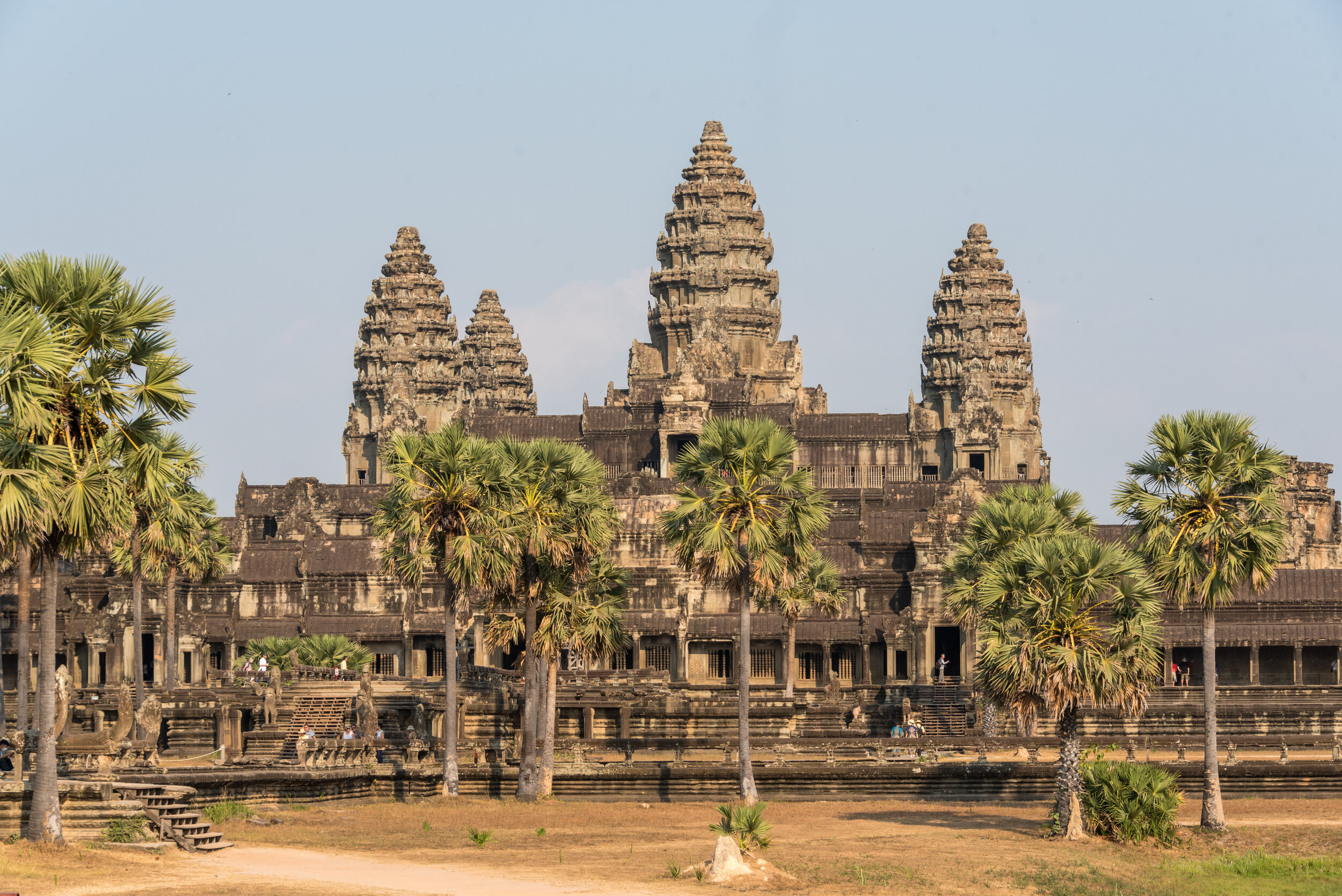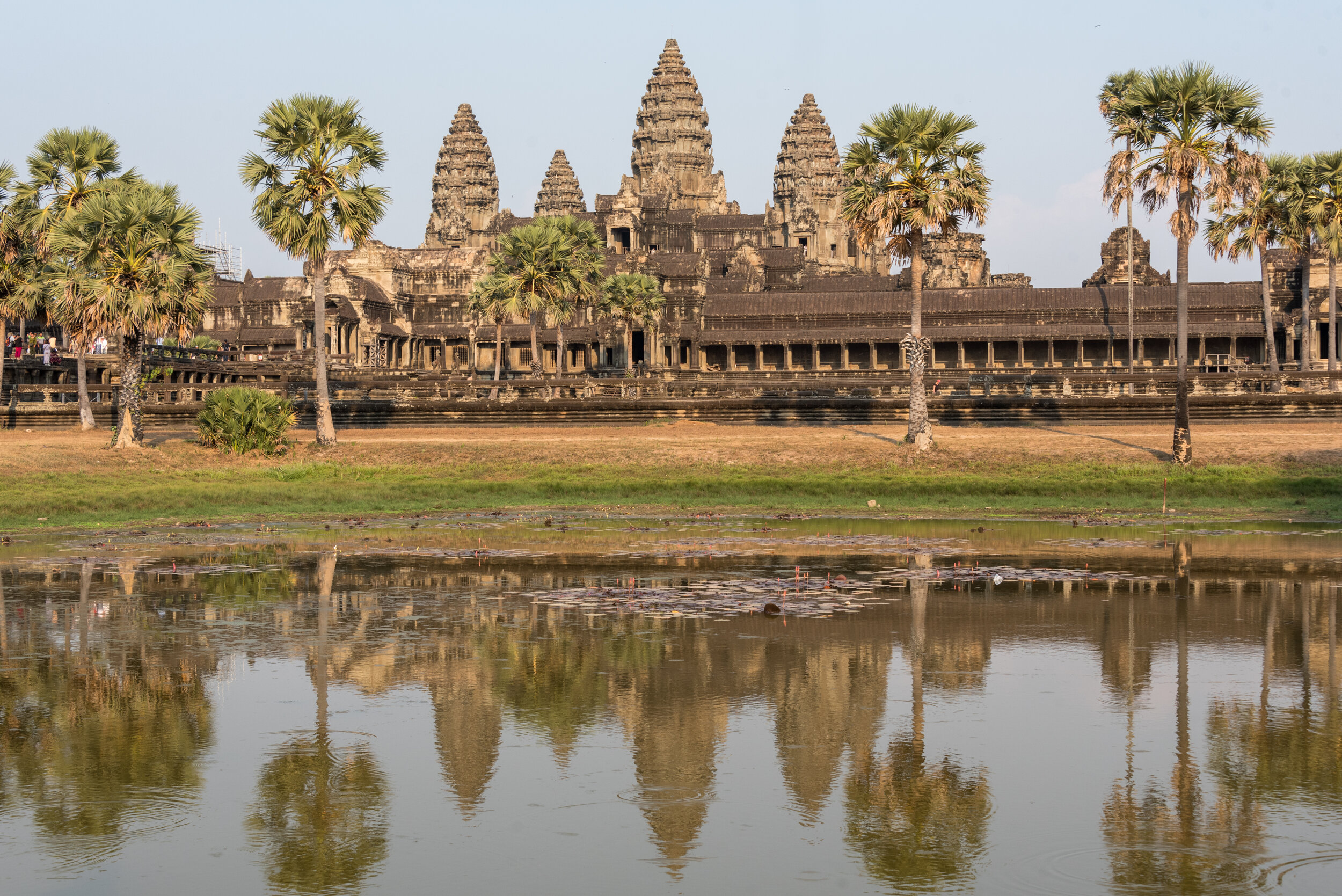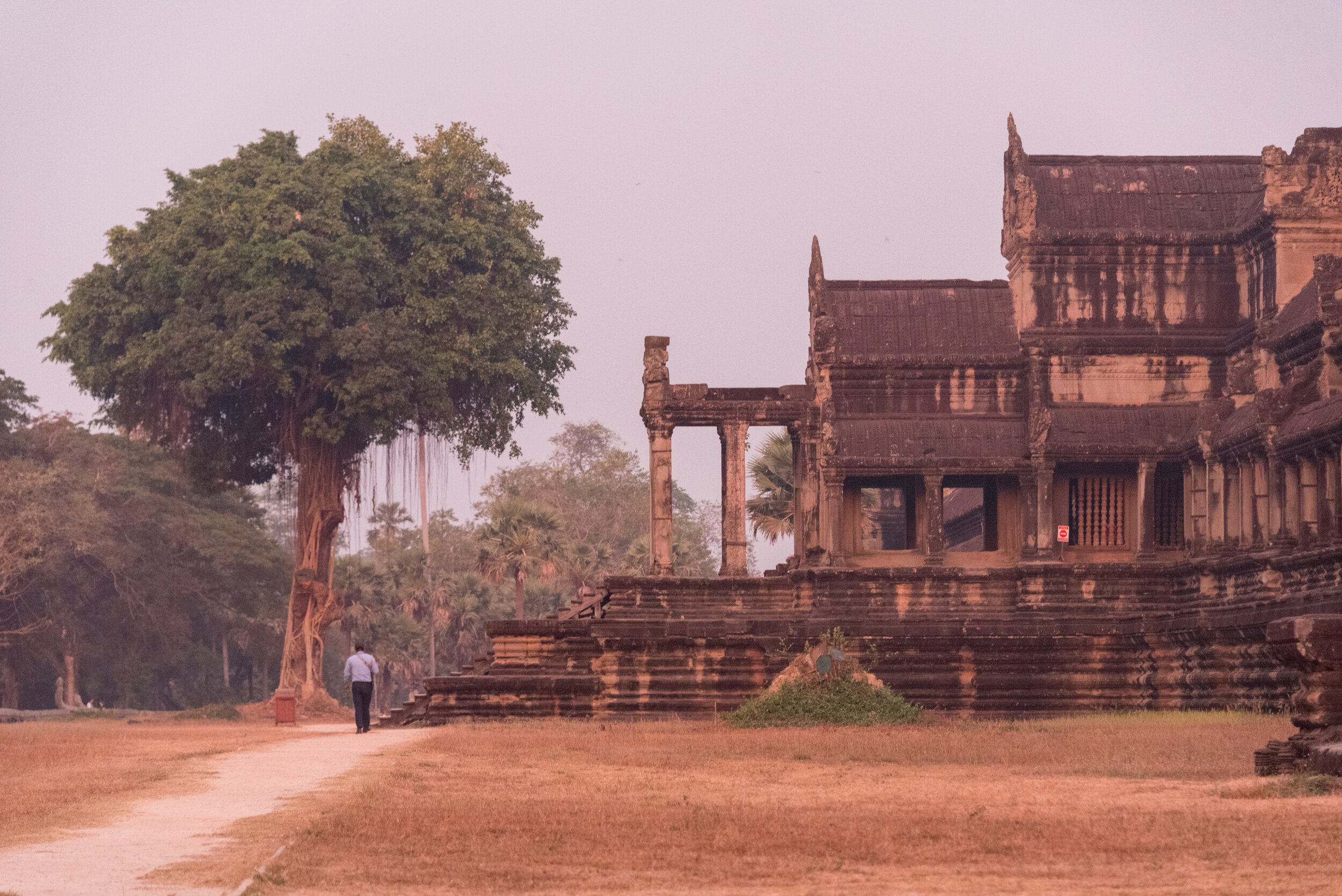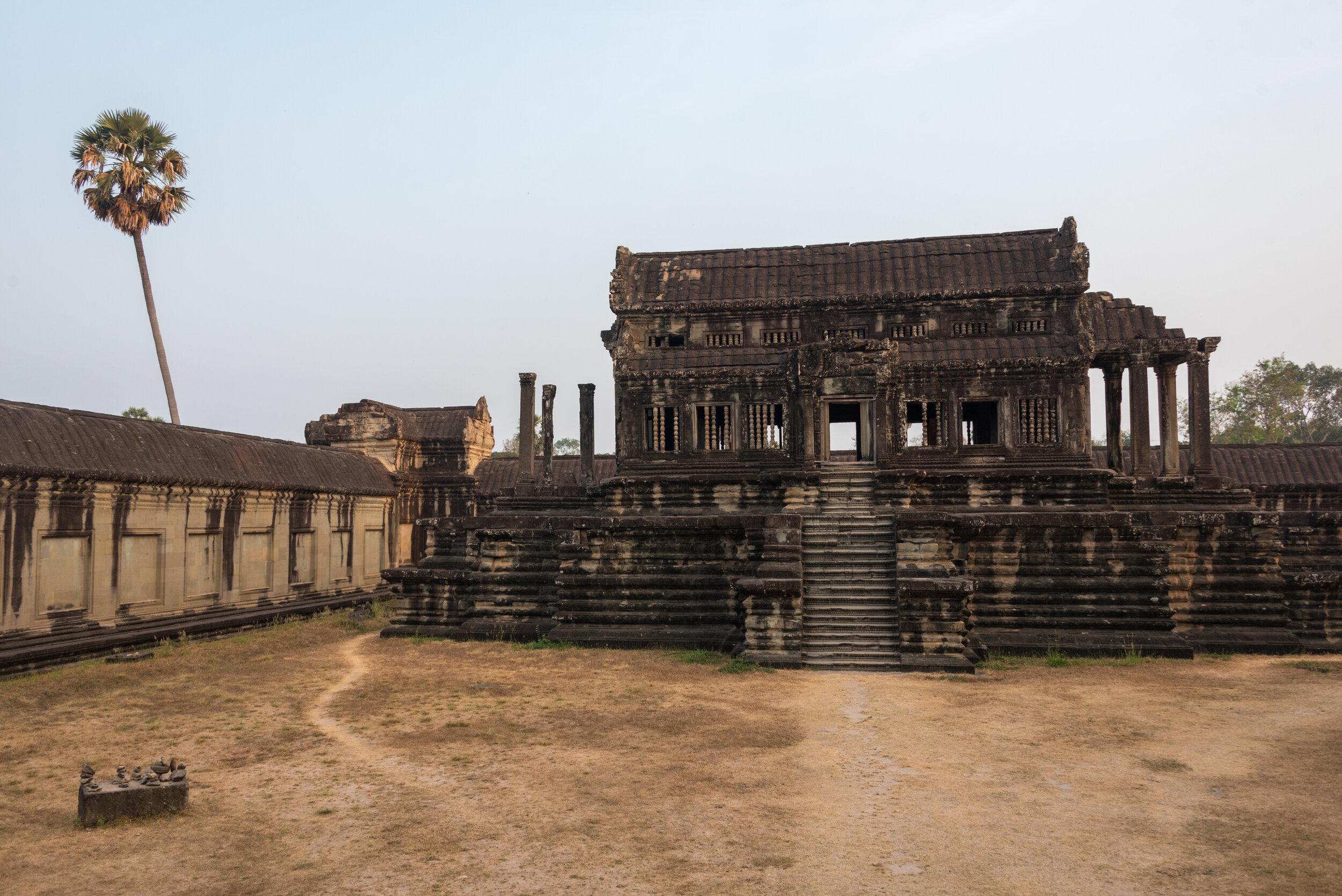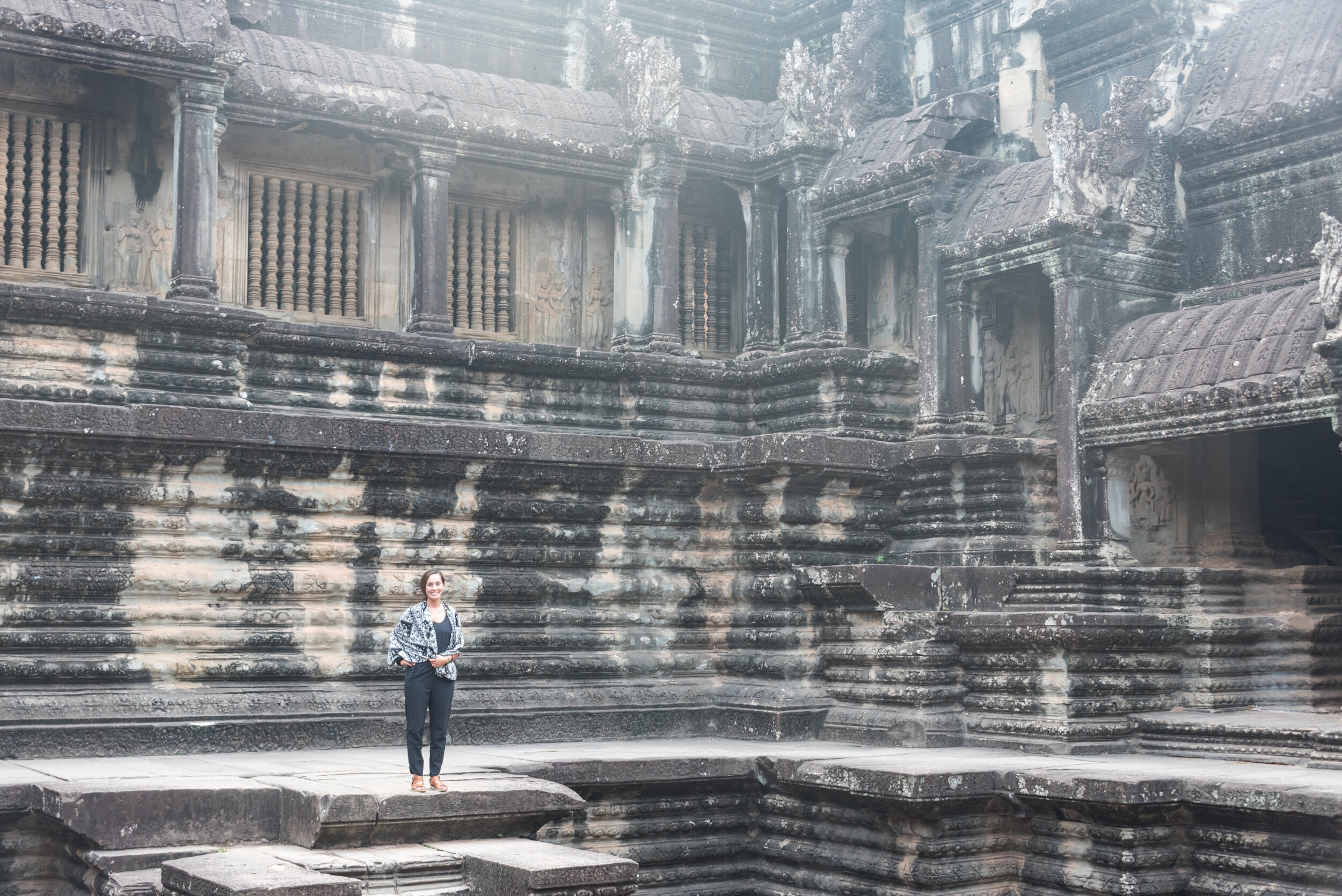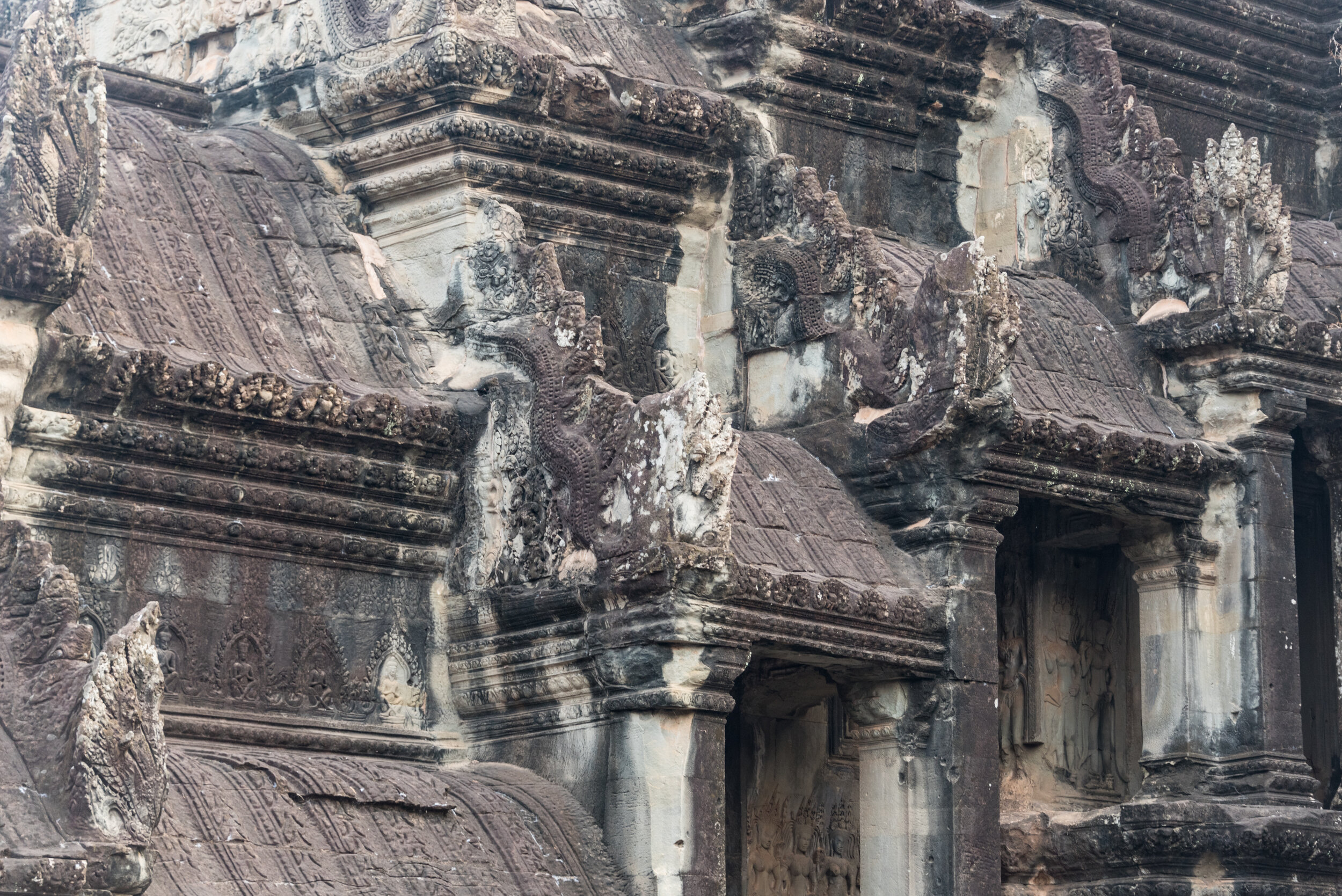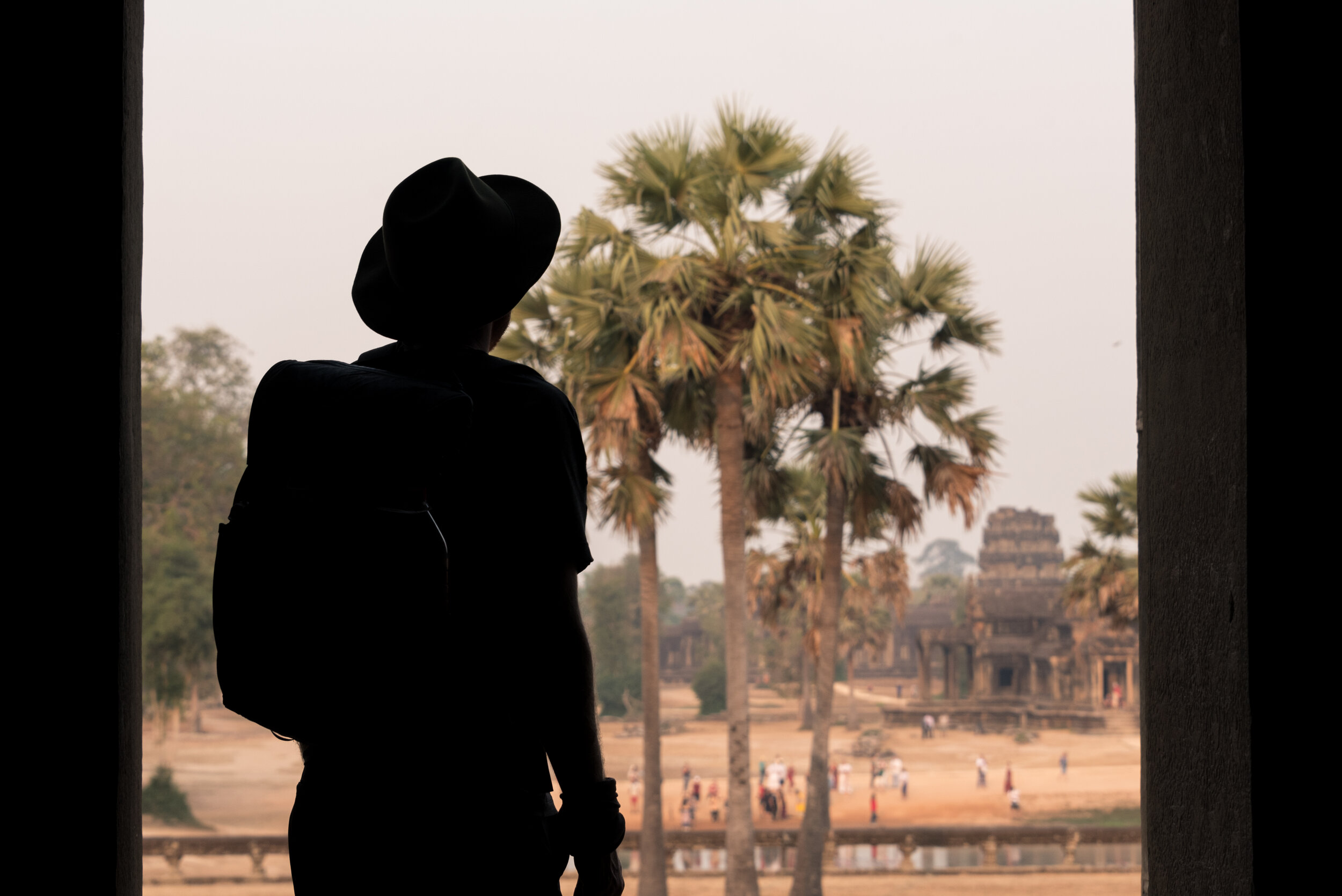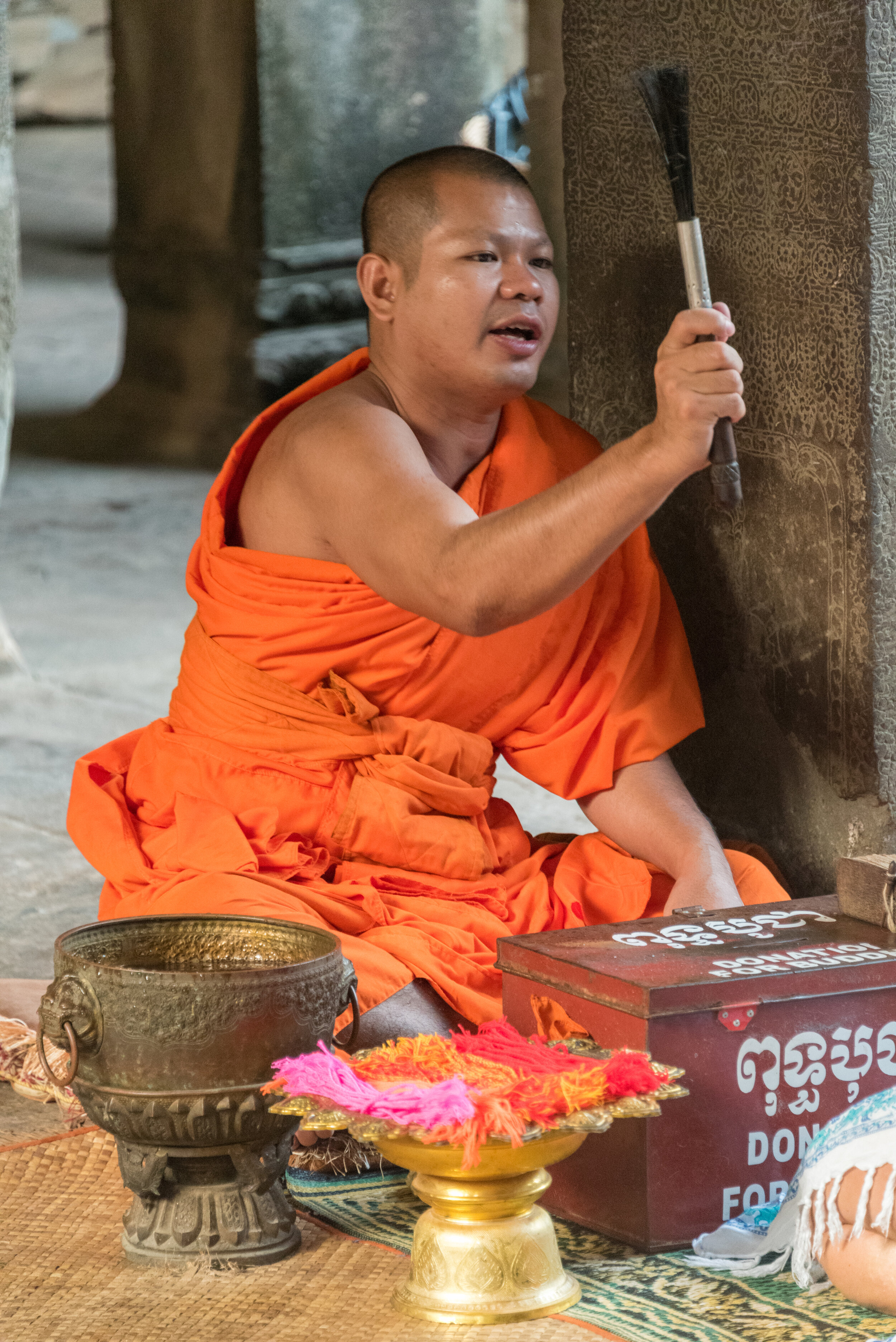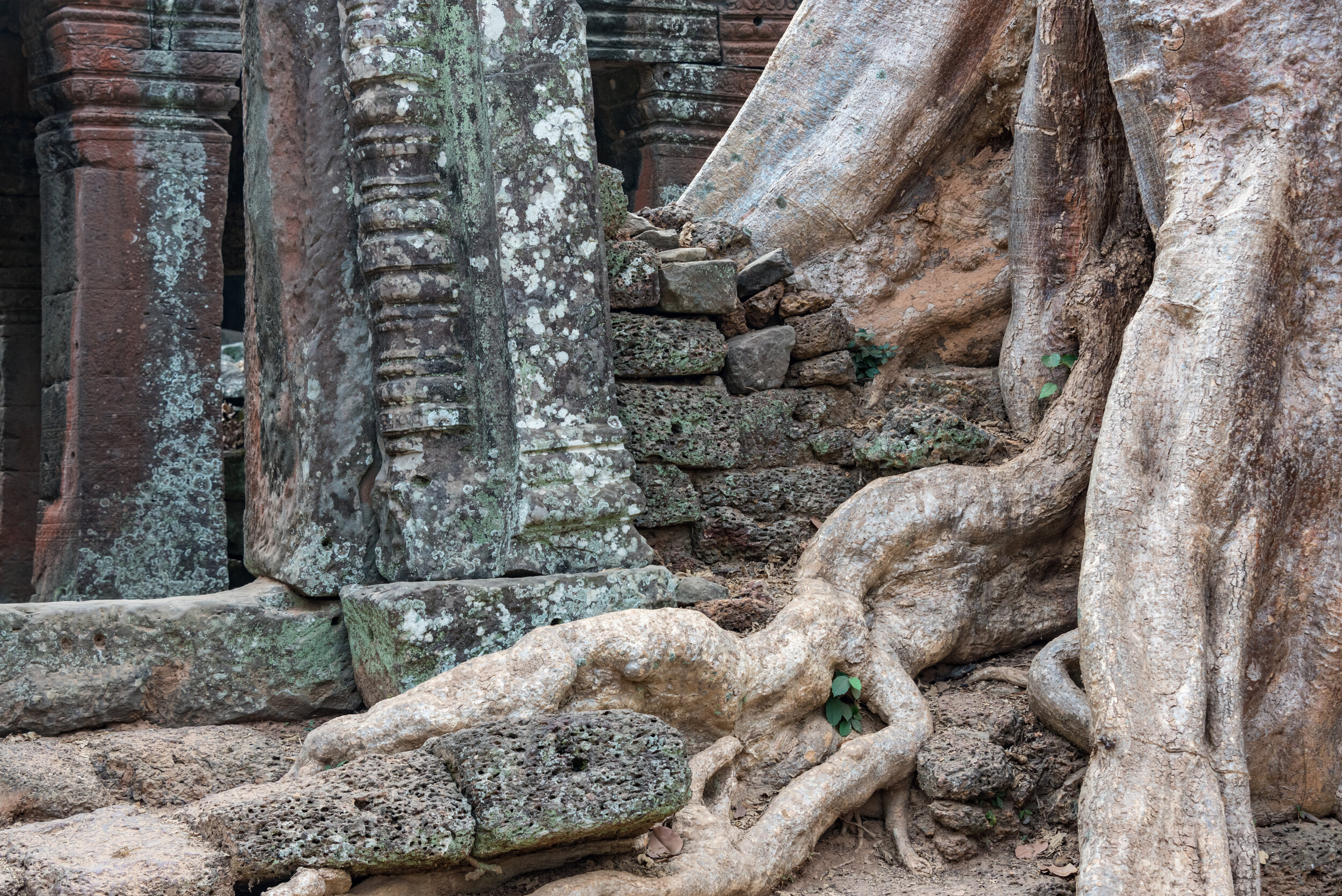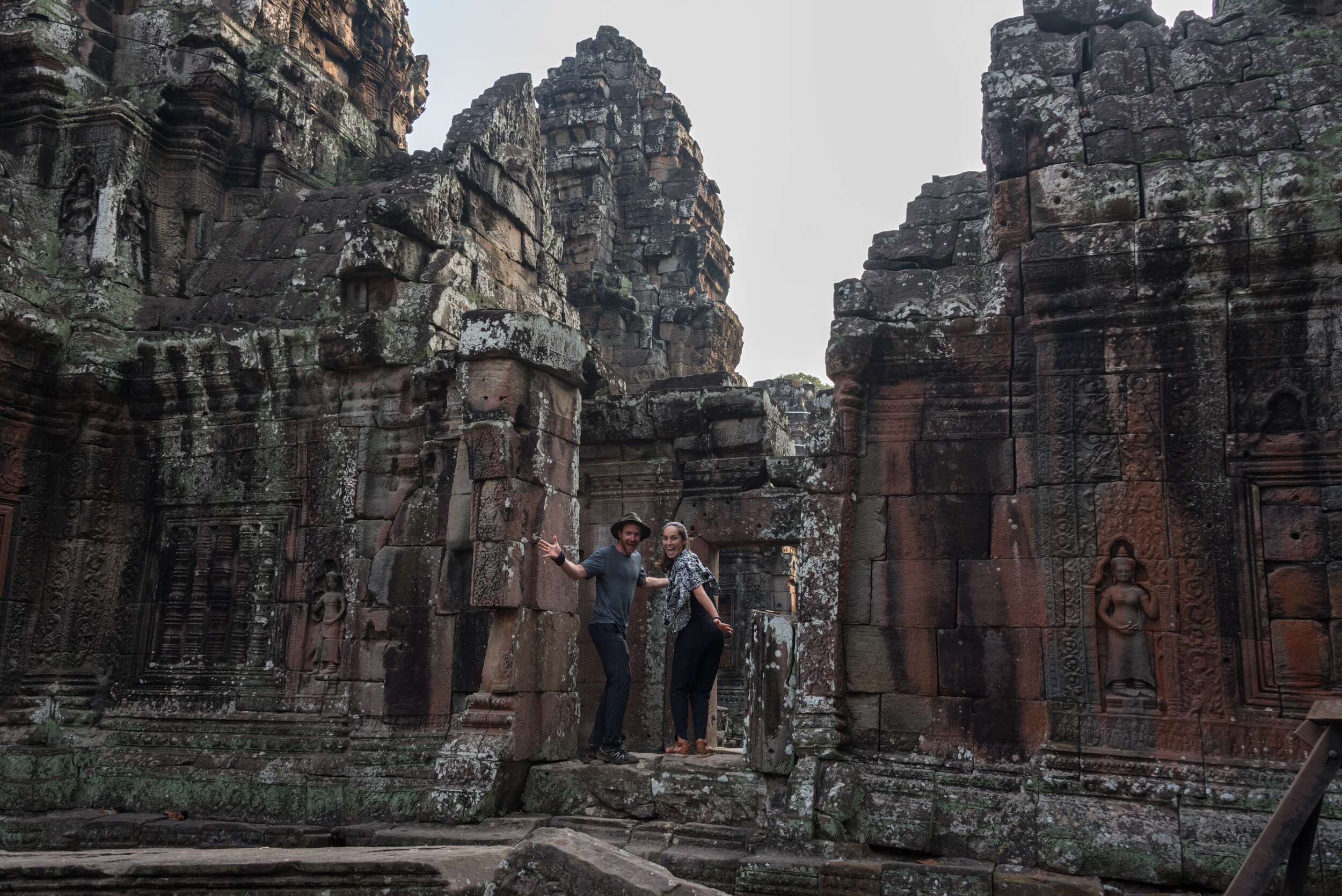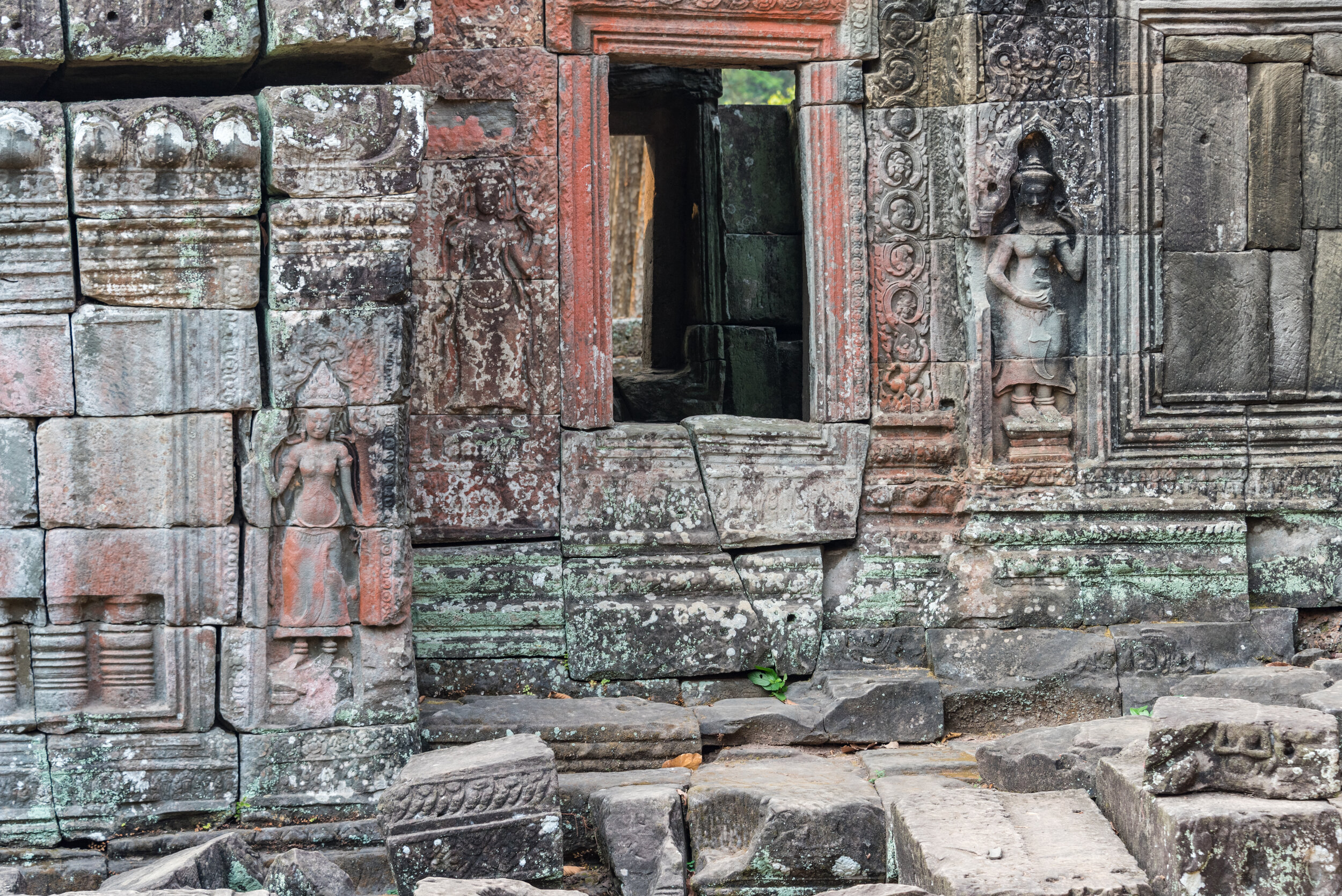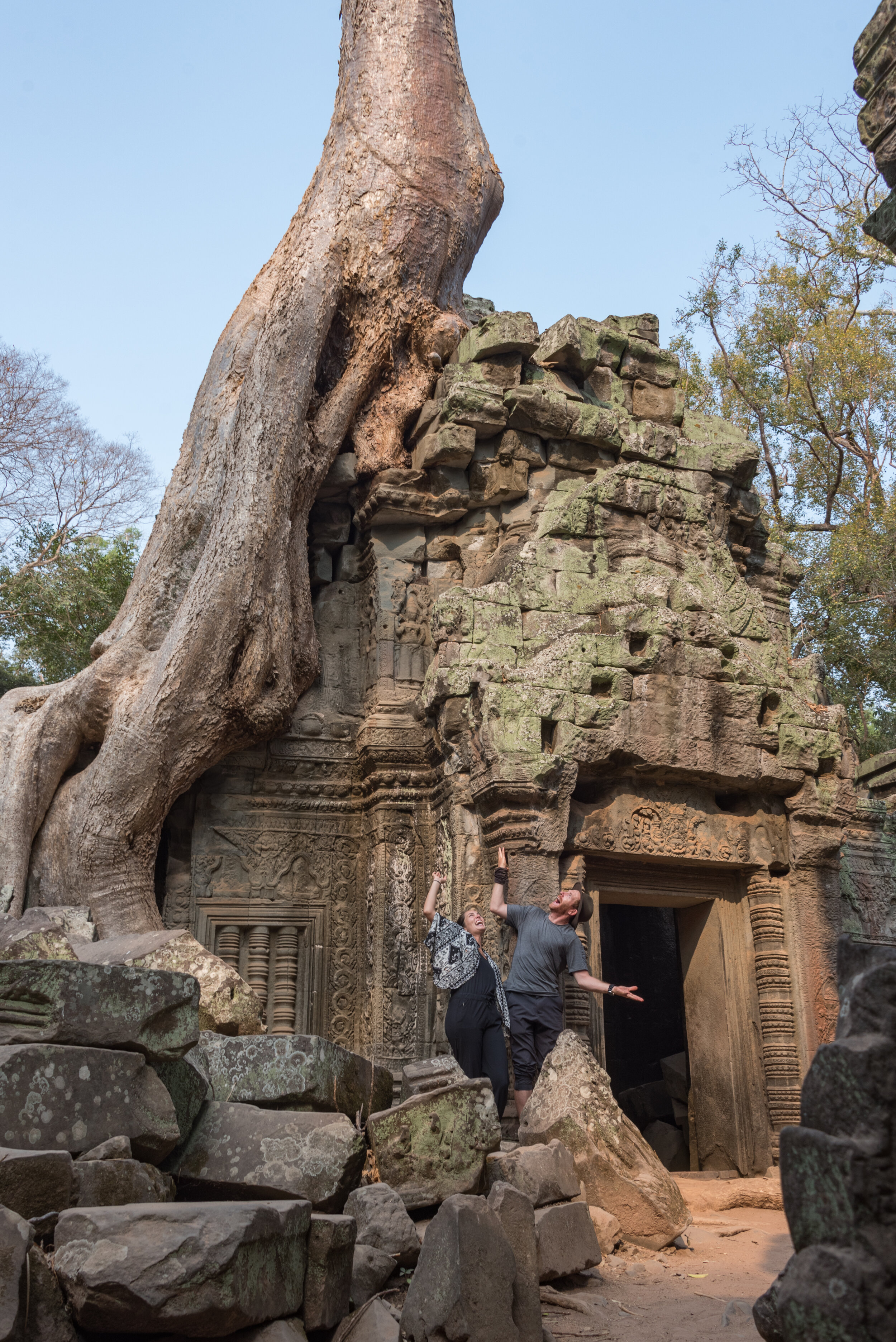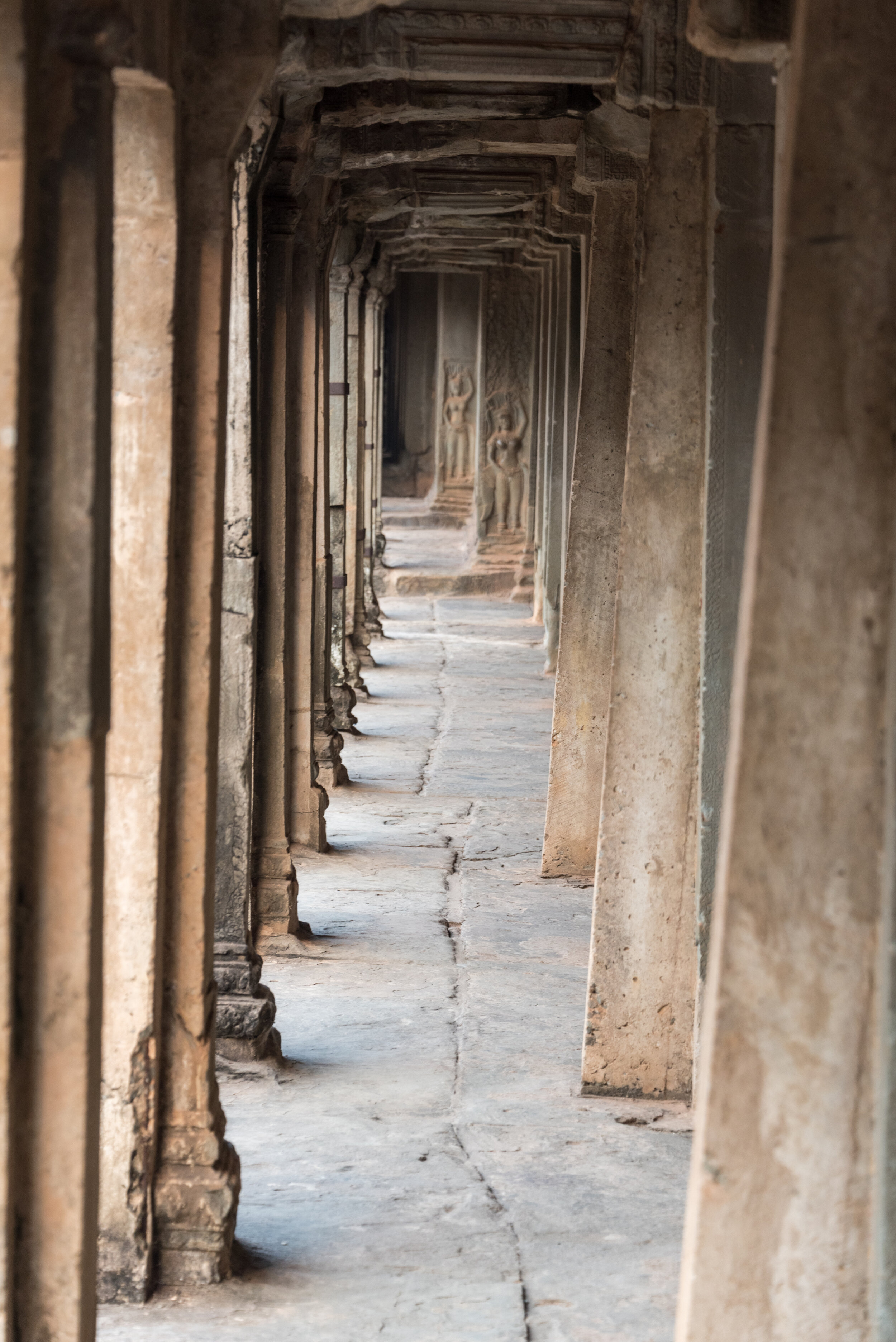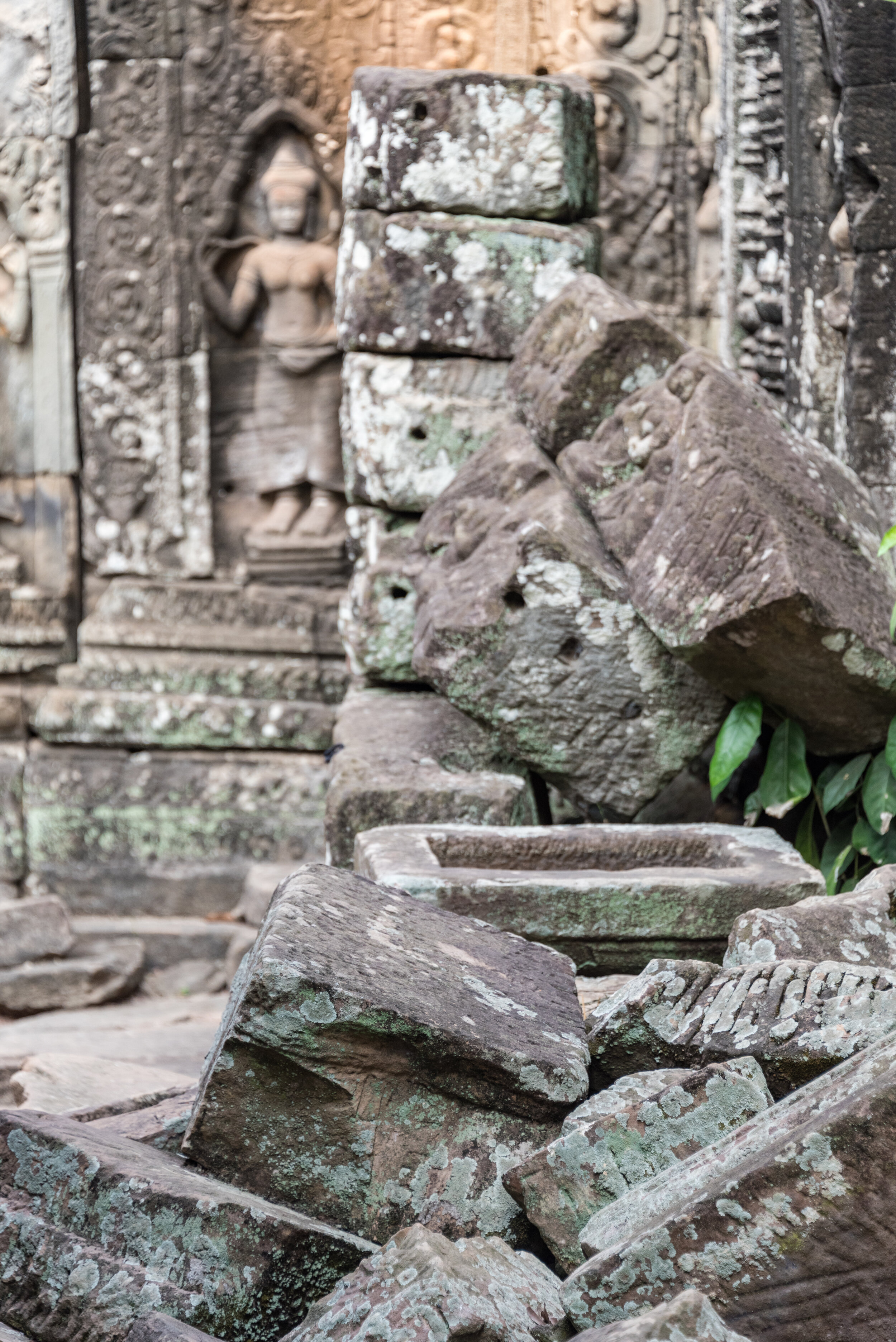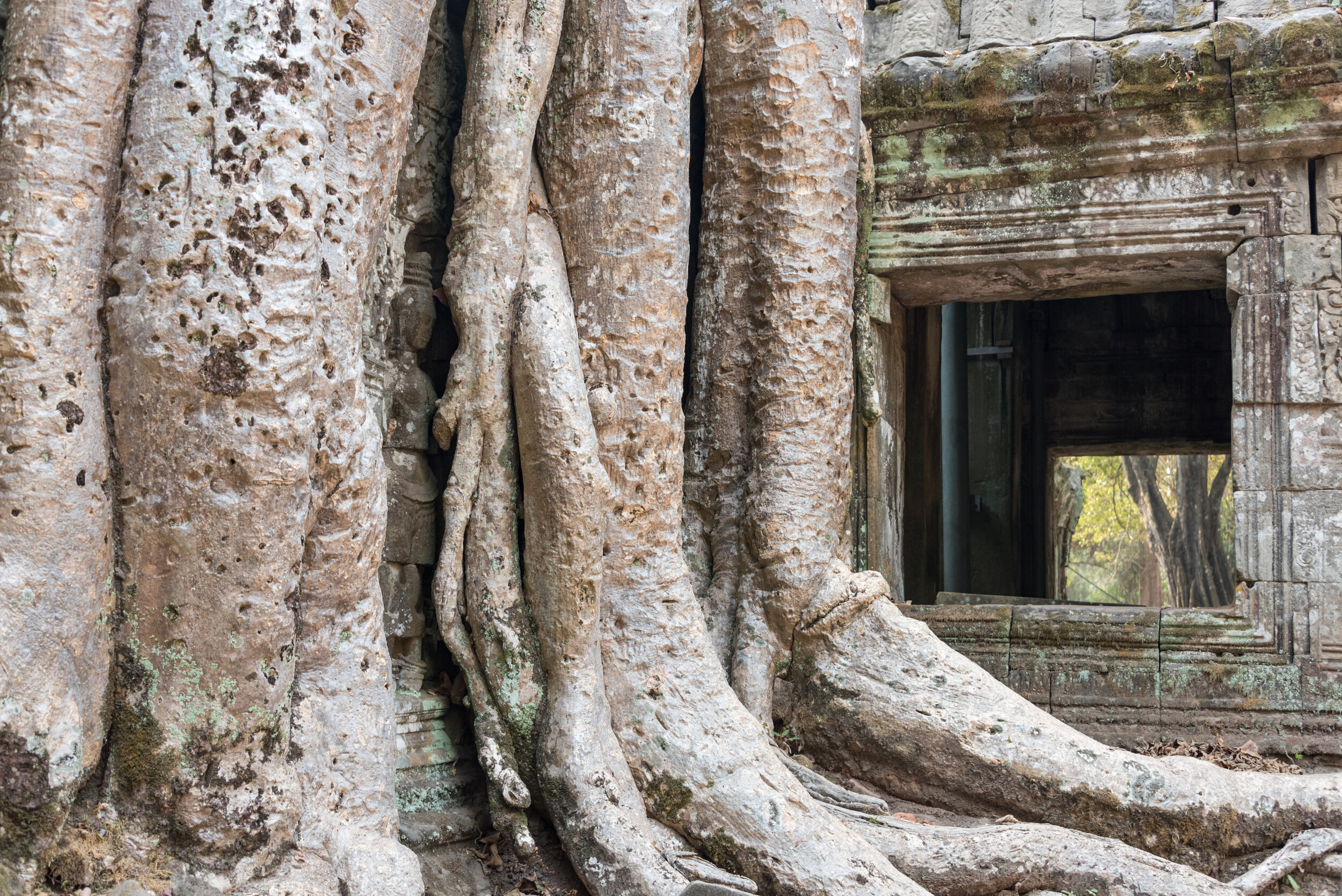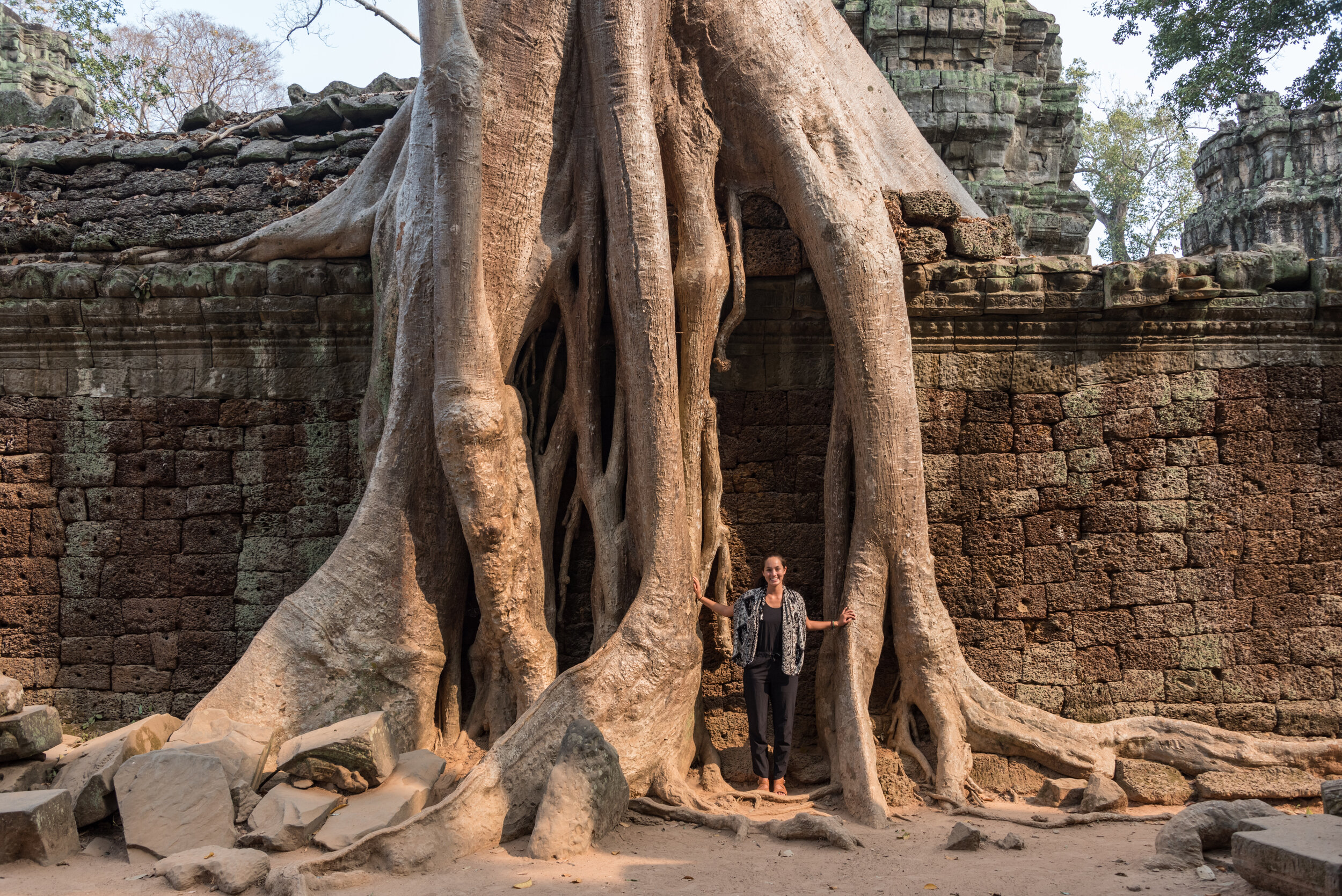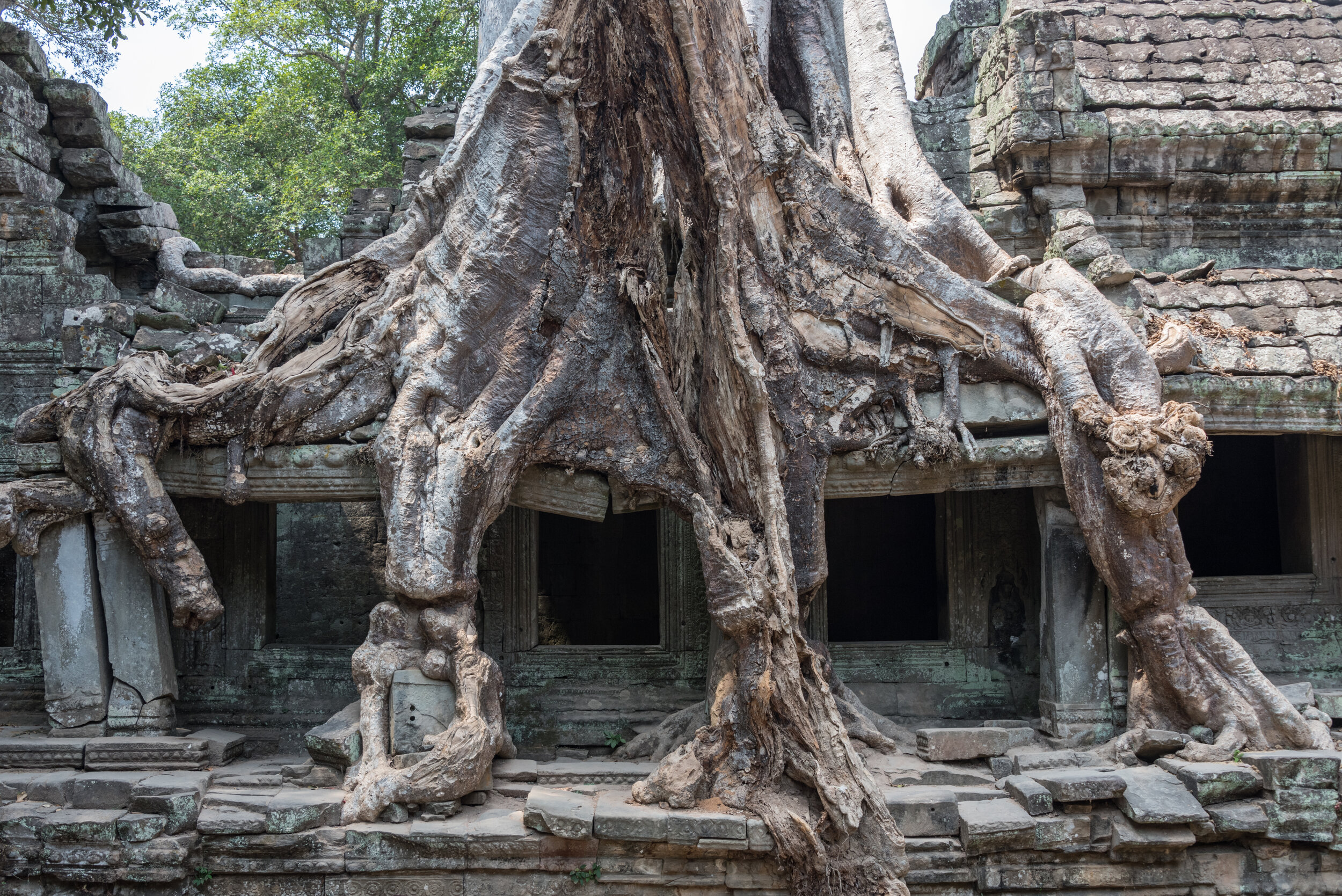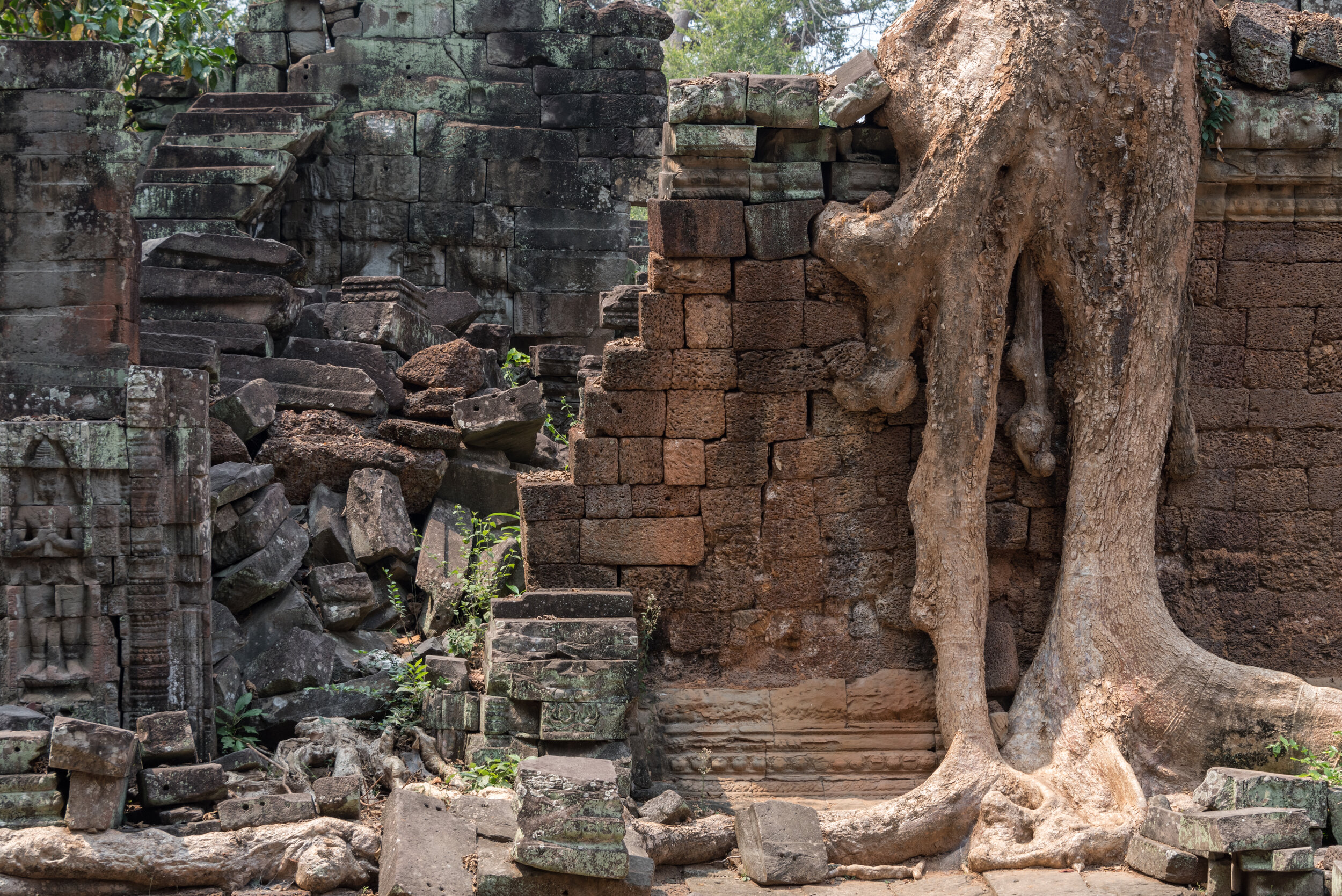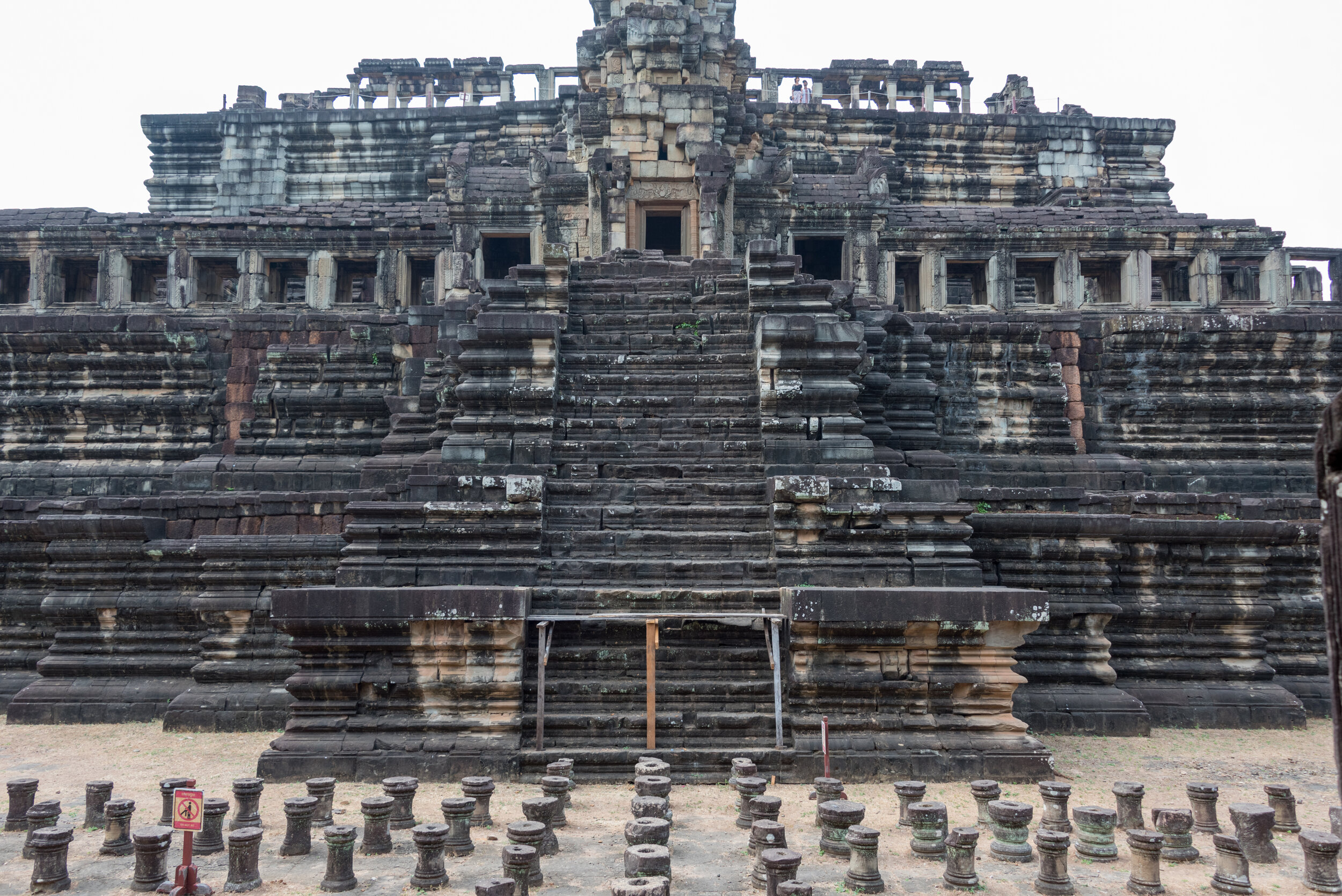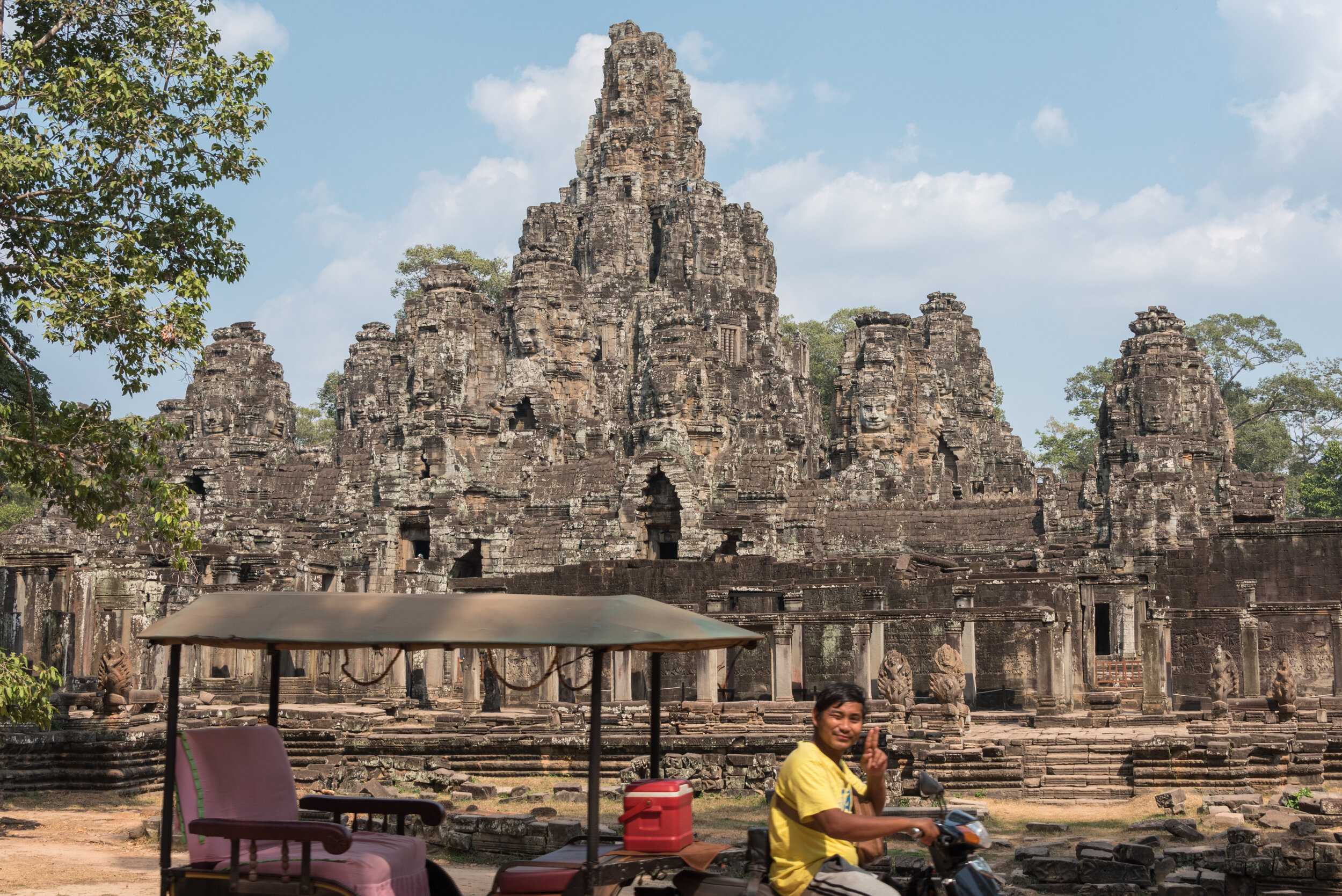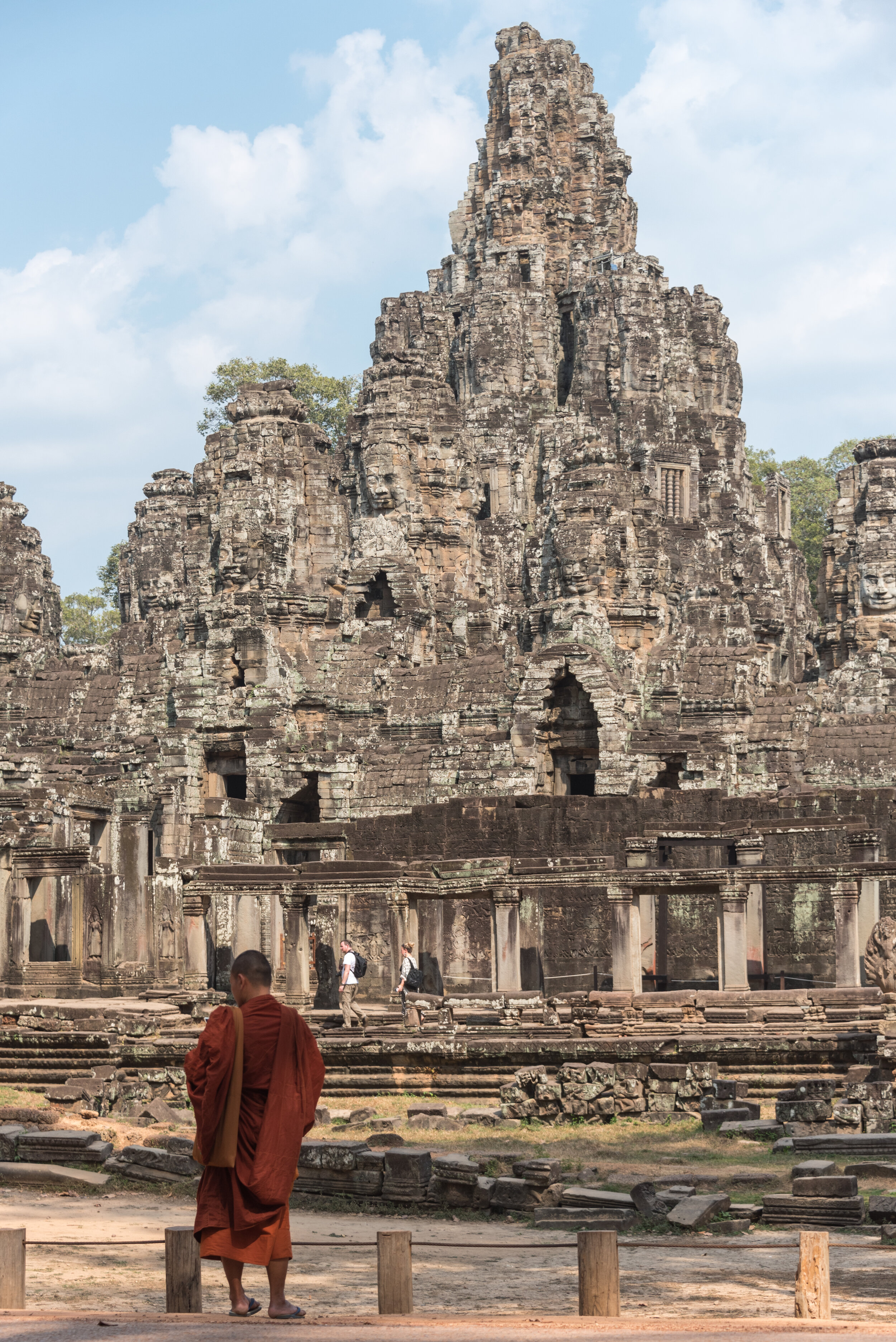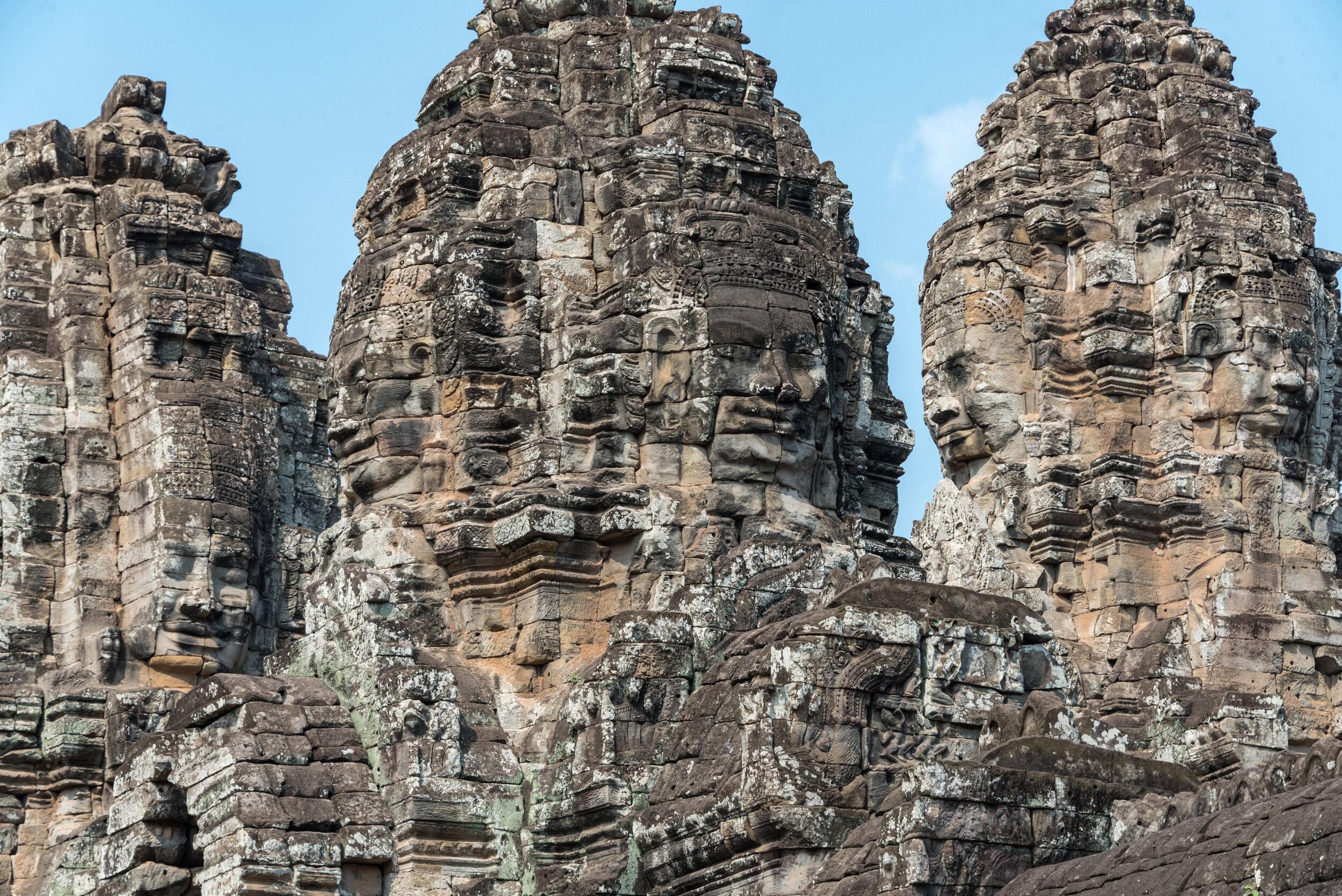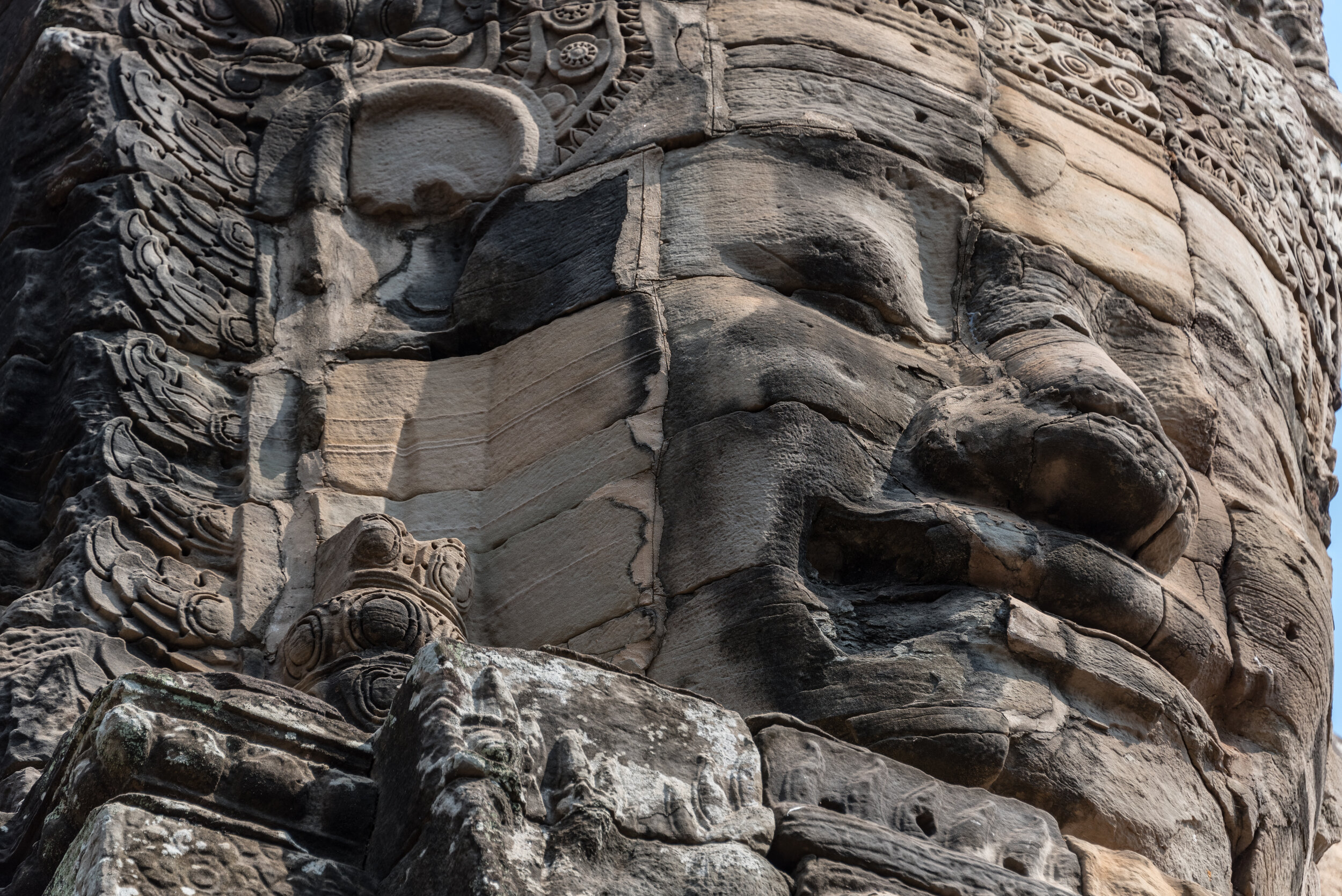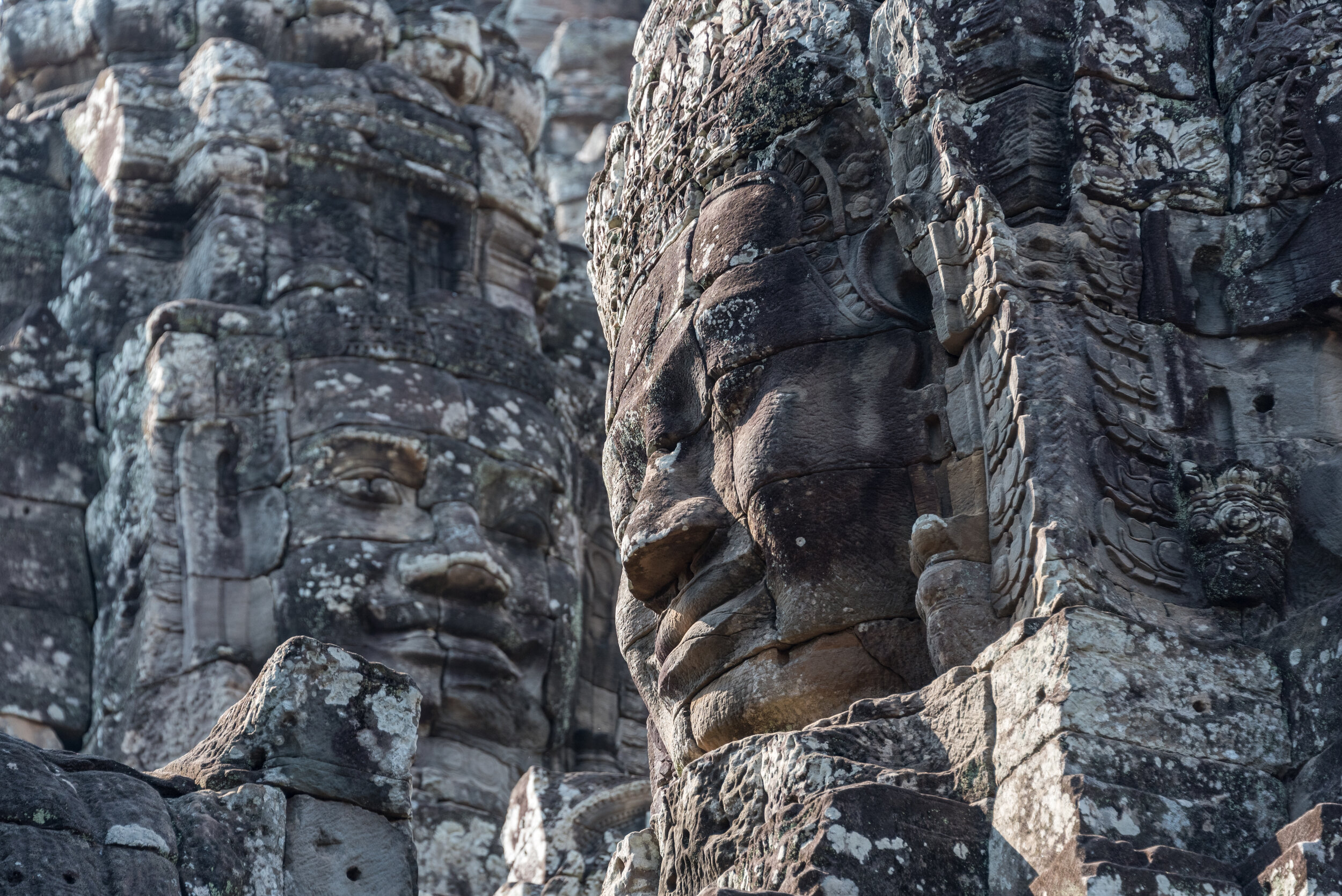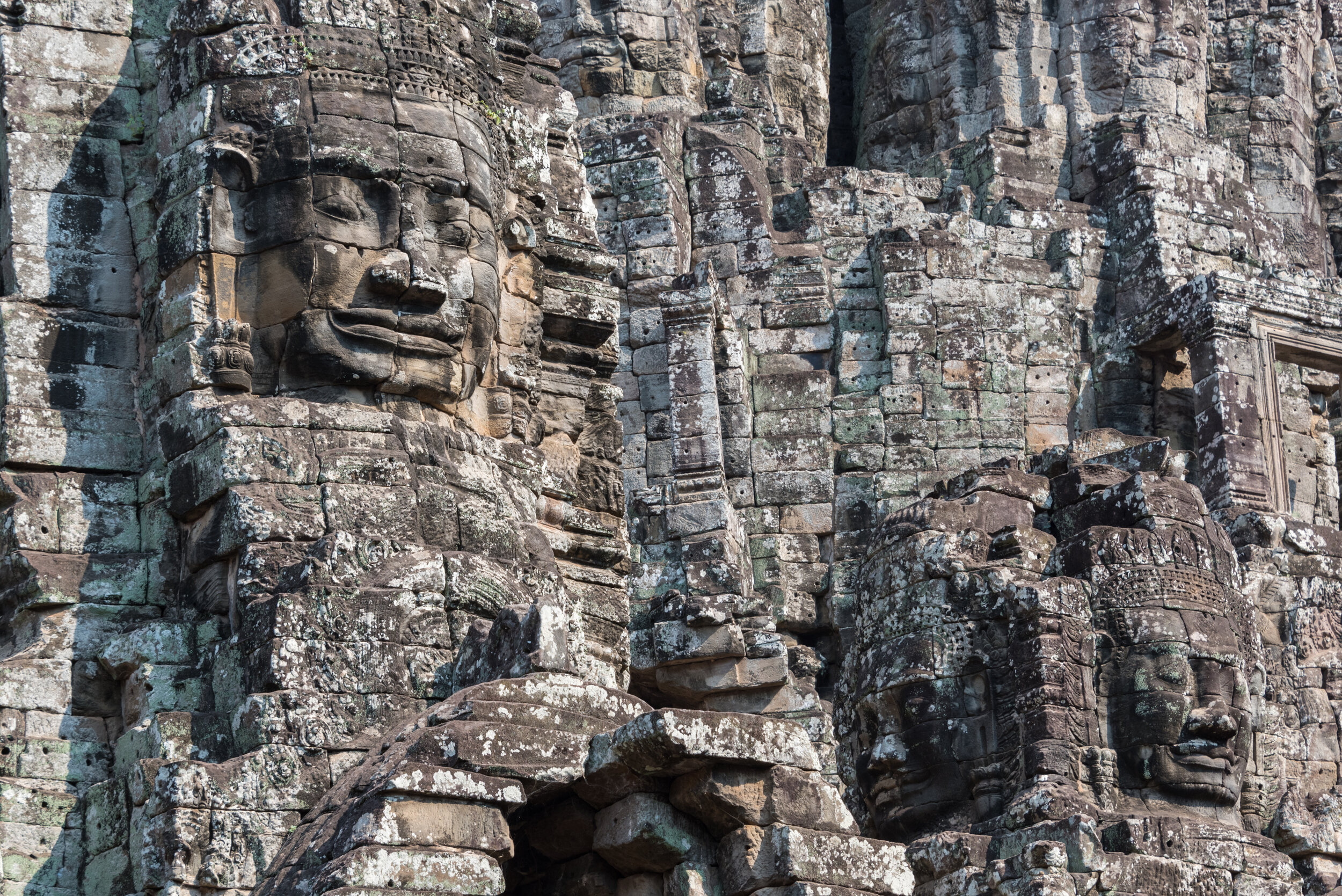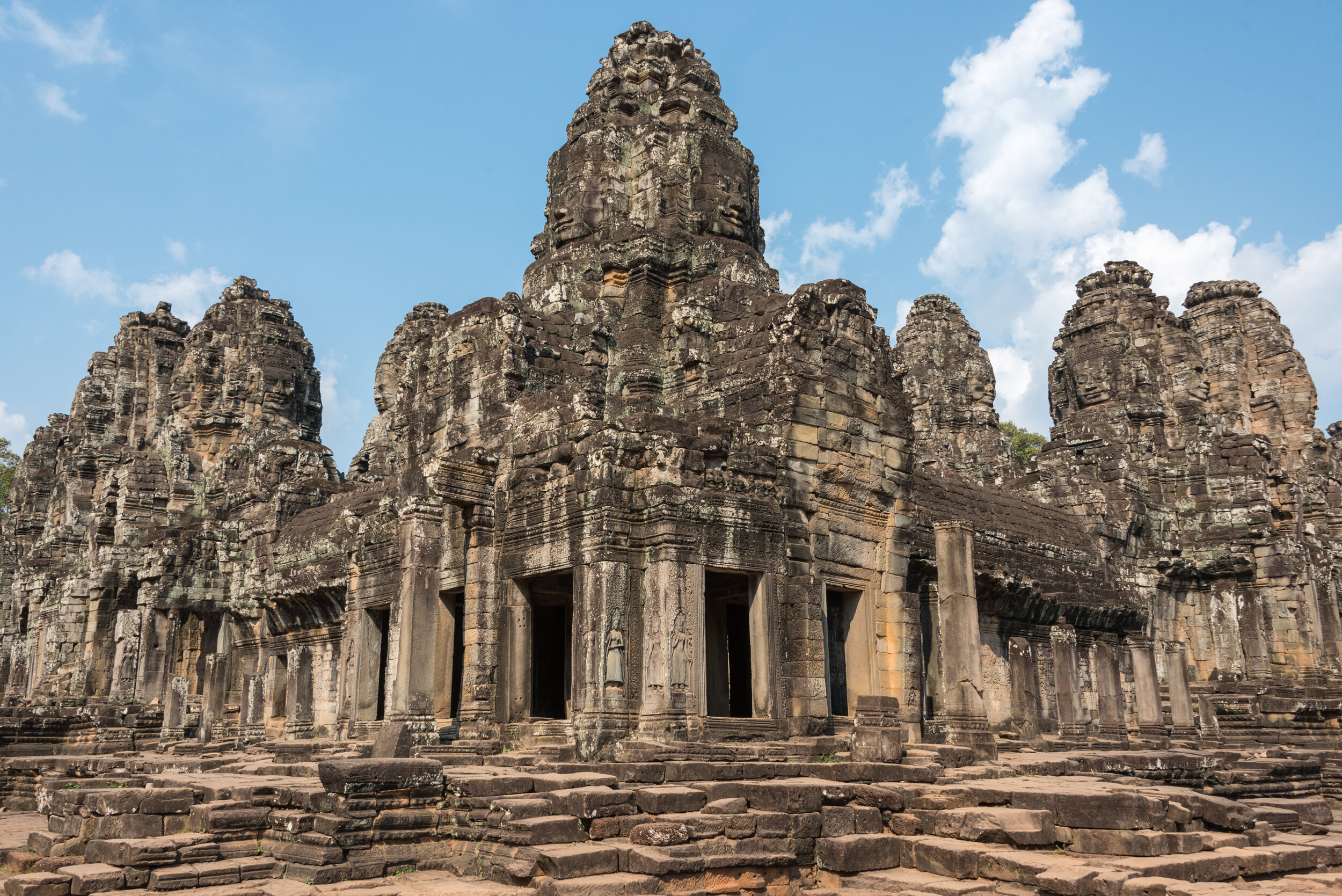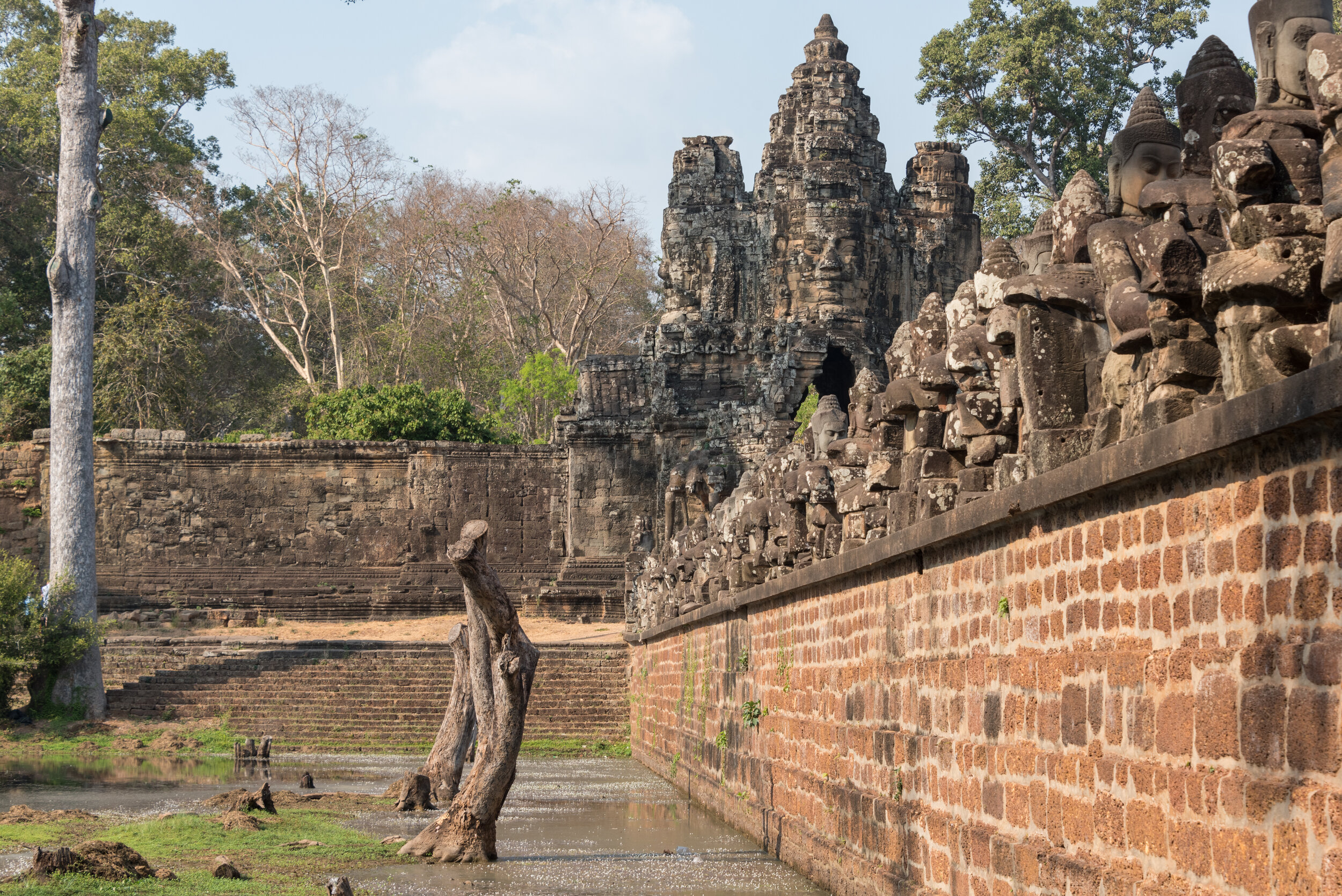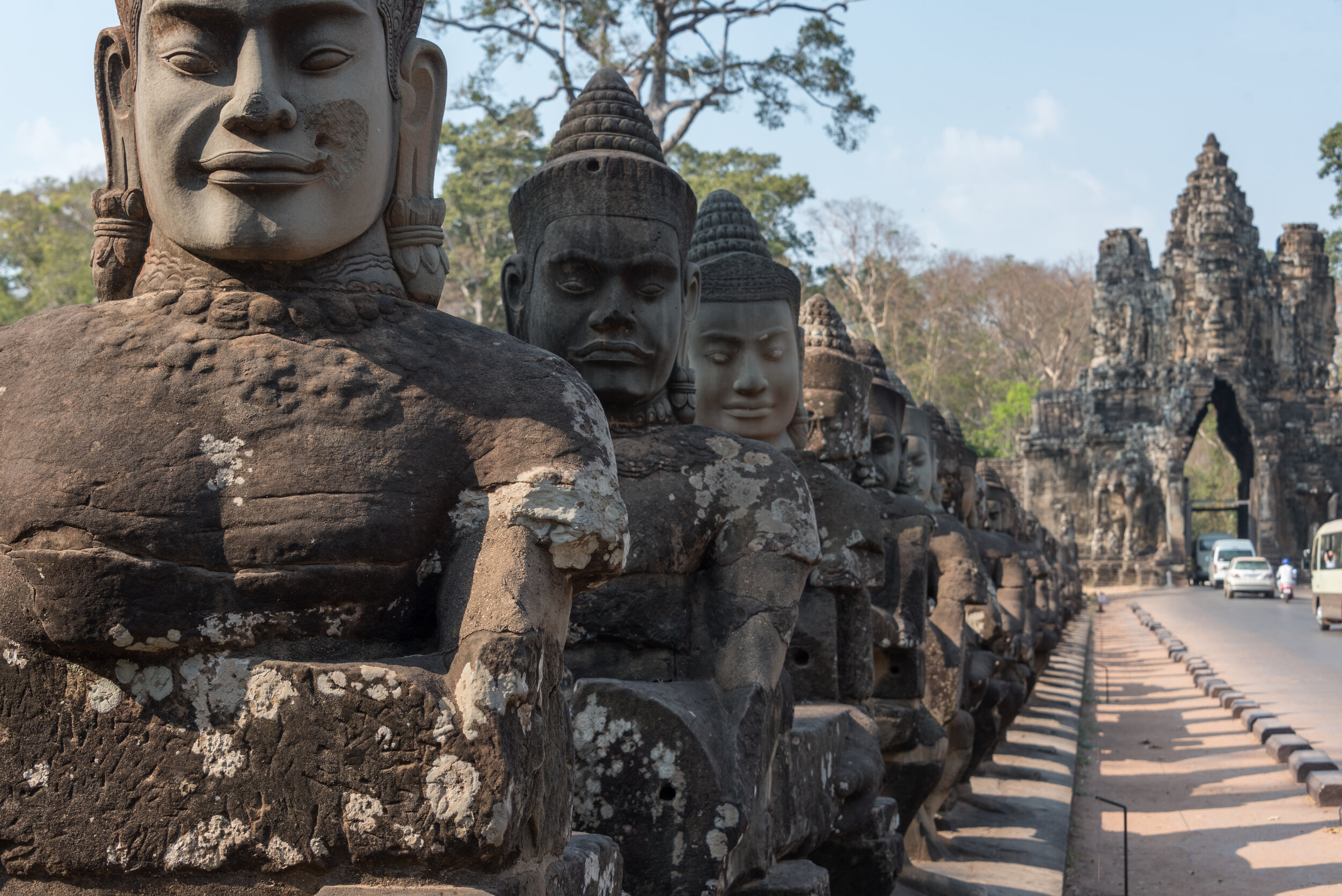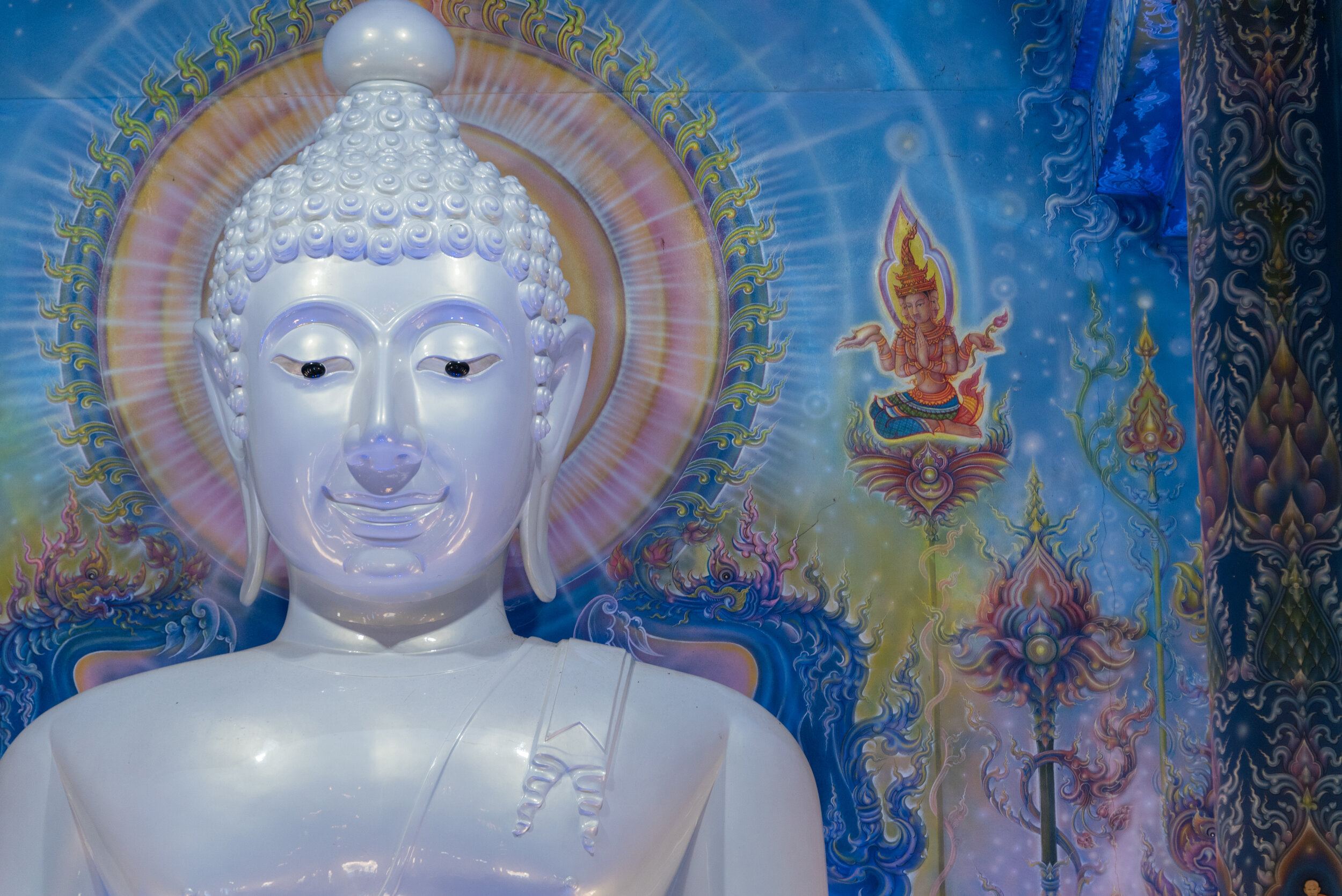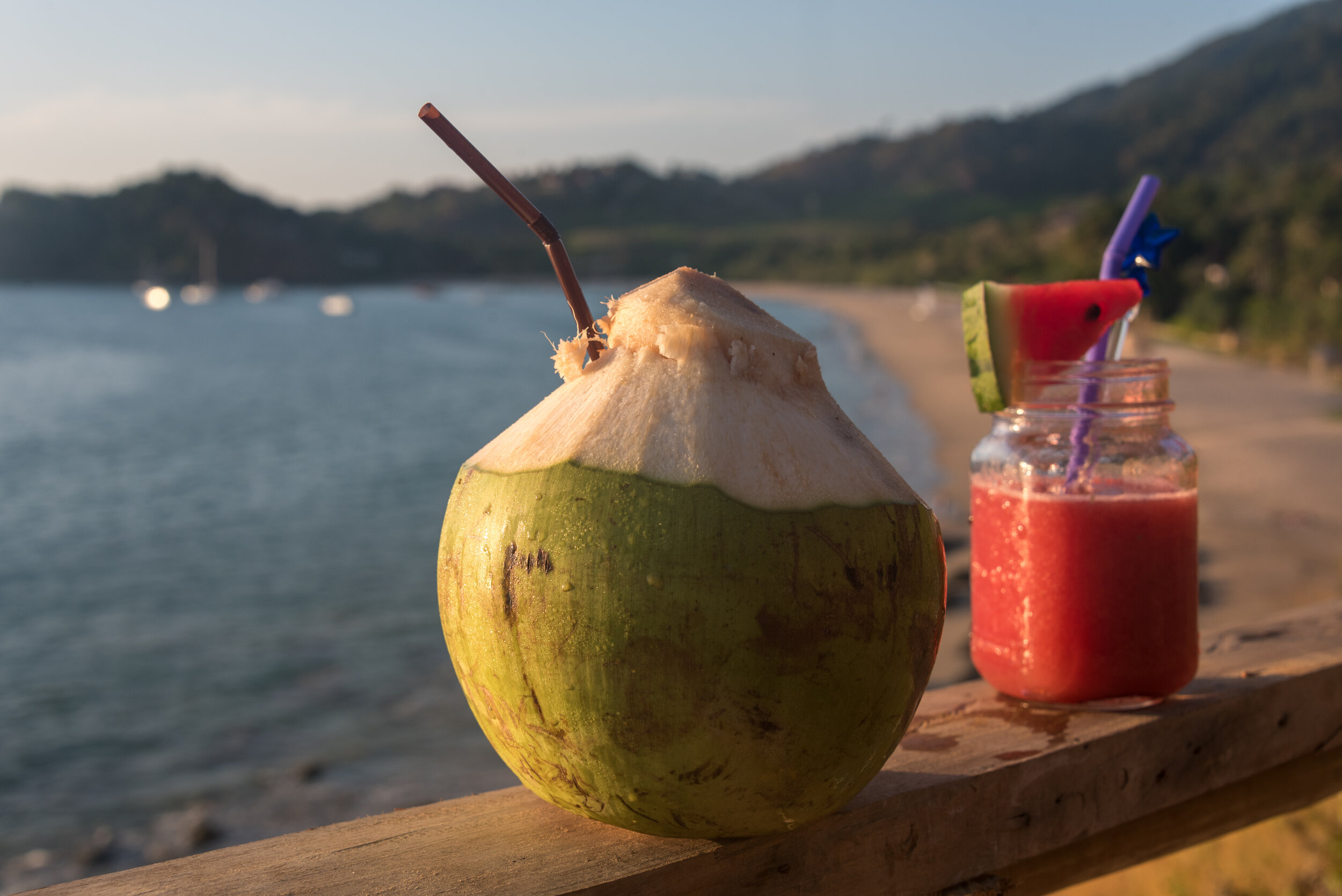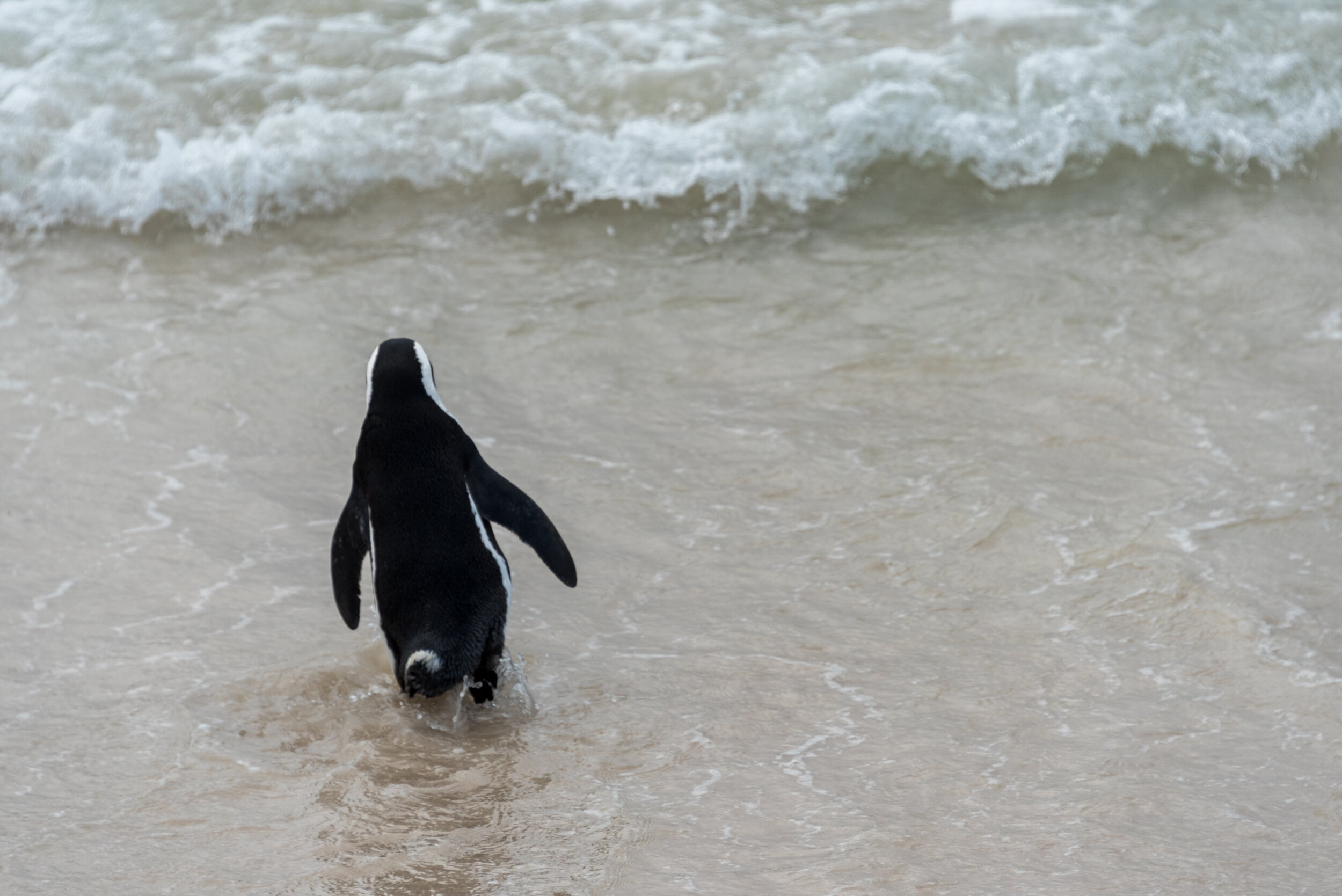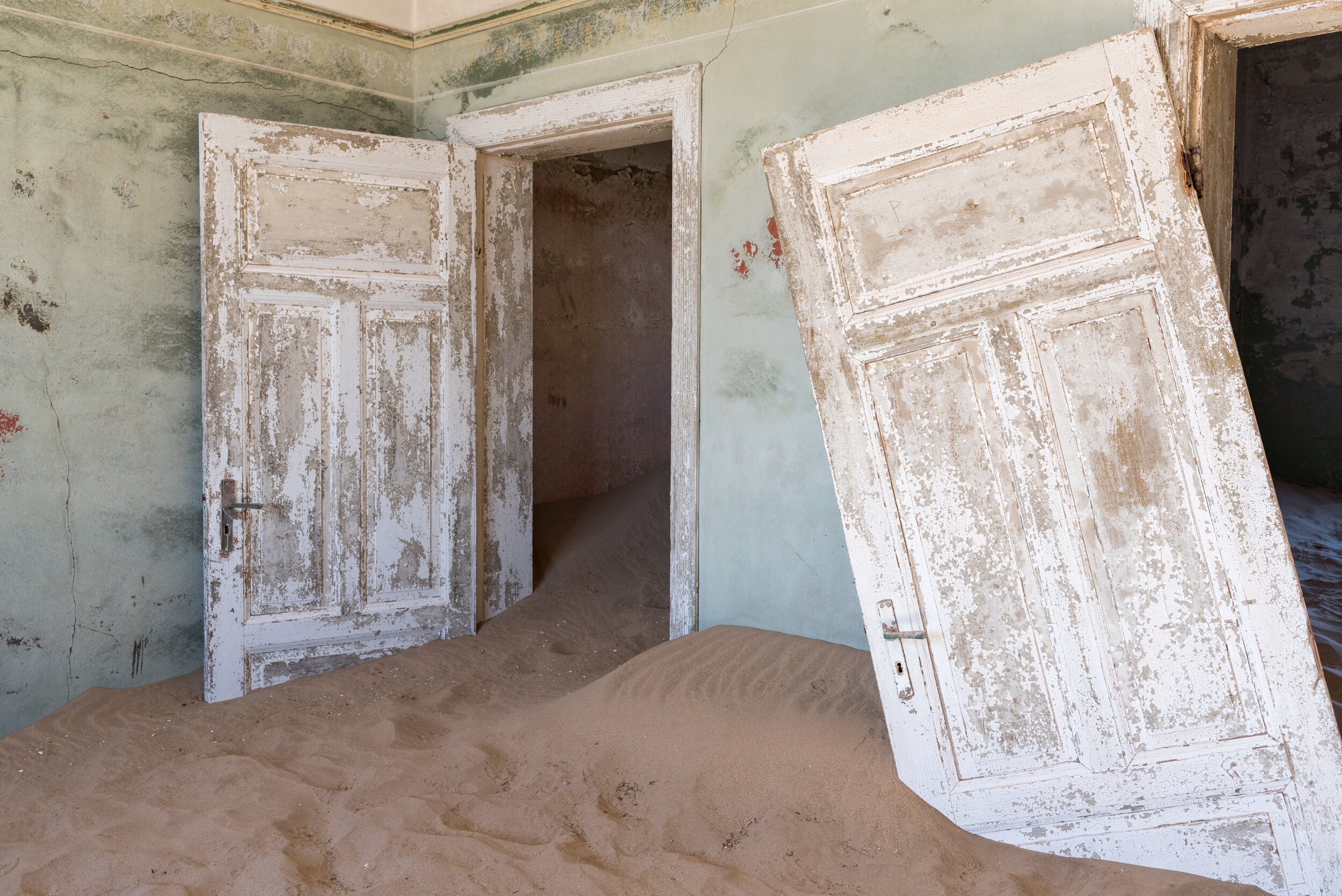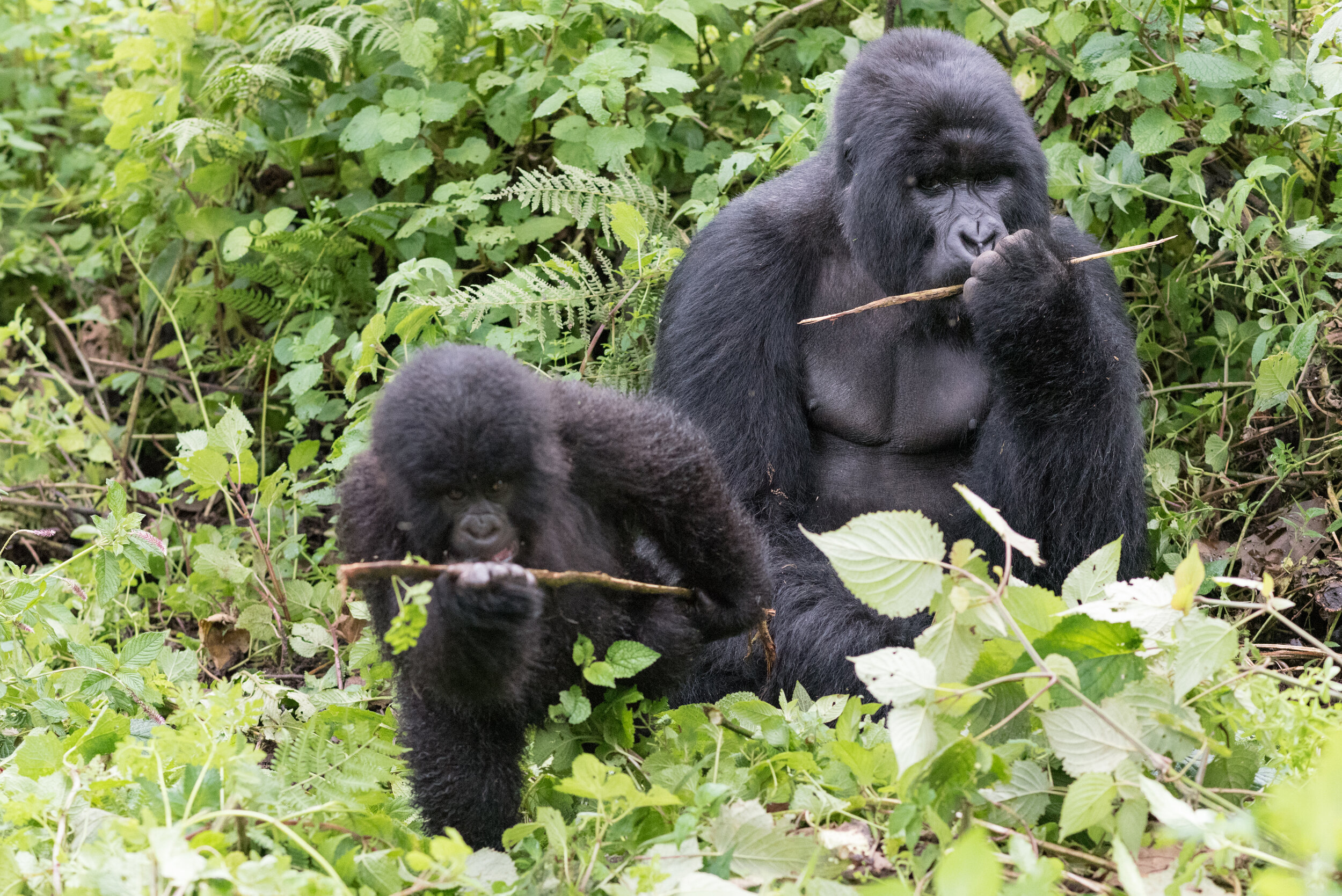I never expected this go-round to be easy.
After experiencing my fair share of precarious and uncomfortable travel over the years, I was firmly in the camp of feeling it important and worthwhile to struggle through the rigors of a journey to fully appreciate the rewards at the end, but I was not keen on putting myself through difficult travel simply for the sake of “the experience.” I was resigned to the fact that, if the travel got too laborious through Africa, I was going to be quite alright with flying from highlight to highlight before moving on.
Oddly enough, while we did take a number of flights throughout Africa and Southeast Asia, we found ourselves taking the local (read: difficult and uncomfortable) means of transport over and over again, and, I must admit, I think I liked it. For any two-week getaway or vacation, I would never recommend the 24-hour bus connections through Botswana, or the jam-packed matatu crossing of Uganda, or sharing a taxi with a family of sheep-reeking farmers in Ethiopia. Just pay for a private car, you cheap-ass. For me, though, with plenty of time and ample curiosity, the slow and difficult means of transport became part of the sightseeing in itself, and provided a gradient of culture change from place to place that is impossible to notice with point to point air travel.
While bucket list sights will always provide some impetus, I realized on this trip that the opportunity to explore a bit of the unknown is the primary driver behind my penchant for travel. What made sleeping on top of Mt. Nyiragongo in the Congo all that much more exhilarating was the fact that I didn’t even know the volcano existed until I touched down on the continent. Throughout southeast Asia, I reveled in the freedom and familiarity of worry-less travel, but found my senses most heightened cruising on a motorbike in the remote regions of northern Vietnam, unsure of what we might stumble upon. Sure, there is thrill in adventures and potentially dangerous activities, but I think the explorer mindsight is really the driver in what I do. For this reason, Africa will always pull me back, even if the experience may not be suited for everyone.
I started this trip looking forward to having time to think, time to press pause on the constant doing and going of my life. The doing and going didn’t necessarily stop per say, but the ability to process and reflect on those doings, as they were happening, was afforded, in between the adrenaline rushes and exploration of new people and places. A slightly disconcerting notion from the experiences on this trip is that I feel as though I may have come home with less figured out that when I left. I was bombarded by a world of grey, devoid of black and white certainties and convictions. While, at first, I was a bit perplexed and disheartened about this initial clarity deficit, upon further reflection, I believe it stems from the fact that some of the “aha” moments and realizations from previous travels have become fundamental to my thought process, even exaggerated, as the ideas remained and were healthily reinforced:
My life is a great story, that I, myself, can author
My recipe for fulfillment involves only a handful of ingredients
I have been given ten-fold more than I could ever possibly need
Getting out of my comfort zones (physical, mental, and emotional) affords opportunities for growth
Embracing the current moment for what it is, good or bad, without running from, or towards, certain feelings or emotions, at the expense of acknowledging the present for what it is, enables perspective.
While there were fewer “aha” moments, there were some clear themes that I was reminded of throughout the trip. In all the negotiations and scam avoiding, rarely did I ever come away pleased when I let frustration get the better of me. As soon as I showed any sense of anger, I lost. Every time, from Africa to Asia. Calm and a smiling face, and perhaps a laugh or two, even through gritted teeth, gave the best results, no matter how tense the situation. Another common theme that resonated with me was the idea of choice, and, namely, the lack thereof. I’ve often times heard, and participated in, the argument revolving around the notion that everyone has a choice to do what they can with the situation they’re given, be it concerning economic mobility or education or the like. As with most complex situations, there’s nuance, and I can’t pretend to know whether someone is the victim, or beneficiary, of choice vs. chance. What I do know, is that for the Congolese citizen born near a border region engulfed in never-ending bloody conflicts, there is no such thing as choice, no such thing as nuance. They cannot choose to move to a different country, a different region, to escape the turmoil surrounding them. They cannot choose to educate themselves and do something about the situation. Their only choice must be to make the attempt to get by every day, tending to their crops or livestock to sustain, hoping that a militia group does not come into their village during the night to senselessly murder their family or friends in an attempt to prove some point to those in power. I’ve always been of the opinion that luck is a product of preparation meeting opportunity, however, when it comes to being born in a place where you don’t have to fear for your life or for your basic needs to be met on a daily basis, dumb luck is most certainly an appropriate designation.
While I have my biases when it comes to the benefits of physically putting yourself in a different world of practices and perspectives, I believe it sufficient to simply entertain the notion the world may not revolve exactly the way you think it does, that there is someone else, somewhere, that sees what you see, or perhaps what you don’t, and comes to a different conclusion. And there is a very good chance that you’re both right. East Africa, situated very near the equator, runs on Swahili time, as the sun rises around 6am (the 1st hour of the day) and sets at 6pm (the last hour) every day of the year. The notion of partaking in activities under the “midnight” sun in Iceland may be preposterous to a Kenyan farmer who has never seen the sun past 8pm. The Icelander is perfectly sane in going for a walk, riding a horse, or having a soak in a thermal pool at that time of “night,” just don’t tell the Kenyan.
This time around I think I talked, really talked, with fewer fellow travelers and locals. Adding a partner inherently changes the dynamic of solo travel, as lulls in communication, dinners alone, and shared dorm rooms go by the wayside. Never being truly alone, you spend less time reflecting, but more time sharing. I will not be able to adequately recount or retell the feelings of many of the triumphs and failures from this adventure, simply because the experiences were already shared and discussed right after they occurred. I noticed less, but shared more. It’s an altogether different experience. In the years of previous travels, I gained personal victories, both mental and physical. What was lacking, though, was a shared sense of accomplishment. Personal growth is imperative, no doubt, but accomplishing a feat together, be it 15 days of backpacking around Mt. Everest, or escaping Ethiopia in one piece, gives a confidence boost like no other. It was always just me out there on my own, but the me turns to “We,” and with that, the burden is halved, and the joy is doubled.
While the number of conversations and encounters of fellow travelers was fewer, some do stand out. Half way up to Everest basecamp, we sat down for early dinner at the teahouse, across from an Indian gentleman that was attempting the trek on his own. We’d passed him early in the day, as he crept along at less than a snail’s pace, drained from the altitude and the climb. As he began relaying his time crunch in getting back to work, it was pretty apparent that he didn’t stand a chance to make it to base camp and back in time to catch his flight home, given the difficulty he was having with what was a relatively easy day of hiking. His positivity, though, was encouraging, as he casually explained the concept of the “J” curve that kept him motivated, explaining that sometimes things have to get more difficult before you reach the inflection point, where you begin to recover and reach greater heights (quite literally in his case), than you started. On a trip as long as ours, “W” might be more appropriate than “J,” as the highs and lows were plentiful. Much like the lessons learned from green sea turtles, the J-curve hiker will forever be my little reminder to hang in there and embrace optimism during troubled times.
In describing the trip to friends new and old, I find that I’ve attached a sort of reductive quality to the whole experience: started in Nepal, did some hiking around Everest, then spent three months in Africa, then a couple months in Southeast Asia, then ended in Iceland. That’s it. Six months, neatly wrapped into one sentence with a couple commas. Typically, I am unable to even answer a yes or no question in less than a paragraph, yet somehow, I am quick to summarize six months of ups, downs, exhilaration and exhaustion, in one, boring, line. I’m not sure why this is happening, perhaps I am testing the waters to see what the listener is interested in hearing more about, or I subconsciously know that if I dive into any sort of detail for one place, I will no doubt talk for 10 minutes straight before anyone gets a word in edgewise.
Perhaps it’s all just too much, given the current climate of coronavirus and unrest. Very few people, even some close relatives, seem to have many questions to ask, seemingly distracted by everything else. Multiple friends have encouraged me not to go into any details about the trip during our conversations, as if at some hypothetical point in the future we’ll sit down and go over every detail. It’s easy to assign some reasoning behind the seeming lack of interest, be it distraction, worry about the virus, apathy, or whatever else, but I’m not sure I’ll ever really know why exactly there was decidedly less interest in my experience this time around. Perhaps it’s how I’ve portrayed the trip to others, as I’ve learned that people will naturally adopt your own level of excitement or passion about a given topic, and my downplaying of the whole trip has been subconsciously communicated. Whatever the reason, it’s most definitely different, and so be it.
For the end of this adventure, I had grand plans that serially disintegrated over the course of a few weeks as the Coronavirus began to show the havoc it would eventually wreak on the world. And so, with 2 hours to spare before the end of another “trip of a lifetime,” I got down on one knee during an impromptu dance session in the mineral-rich waters of Iceland’s Blue Lagoon, smack dab in the middle of a sleet storm, and established a beginning. The beginning of a life together that will be nothing short of adventurous, accomplished, reflective, resiliency-tested, grounded in perspective, and, above all, fun.
Six months of mountain climbing, island-hopping, wildlife tracking, motorbike riding, jungle exploring, cliff-hanging, and glacier spelunking with my future wife may not have been completely necessary as a kind of pre-marital counseling, but hey, it couldn’t have hurt, either.
Let the real adventure begin…
